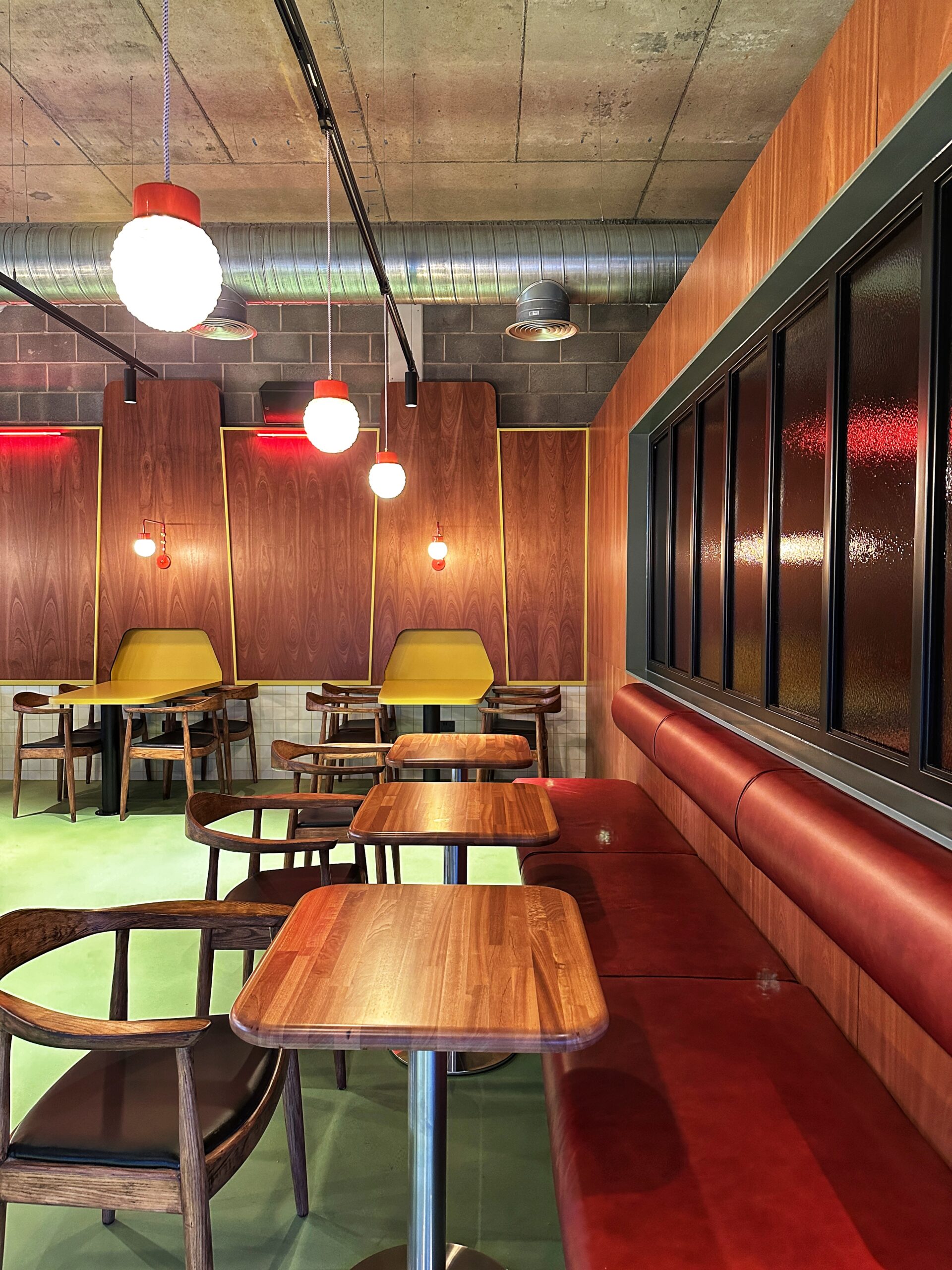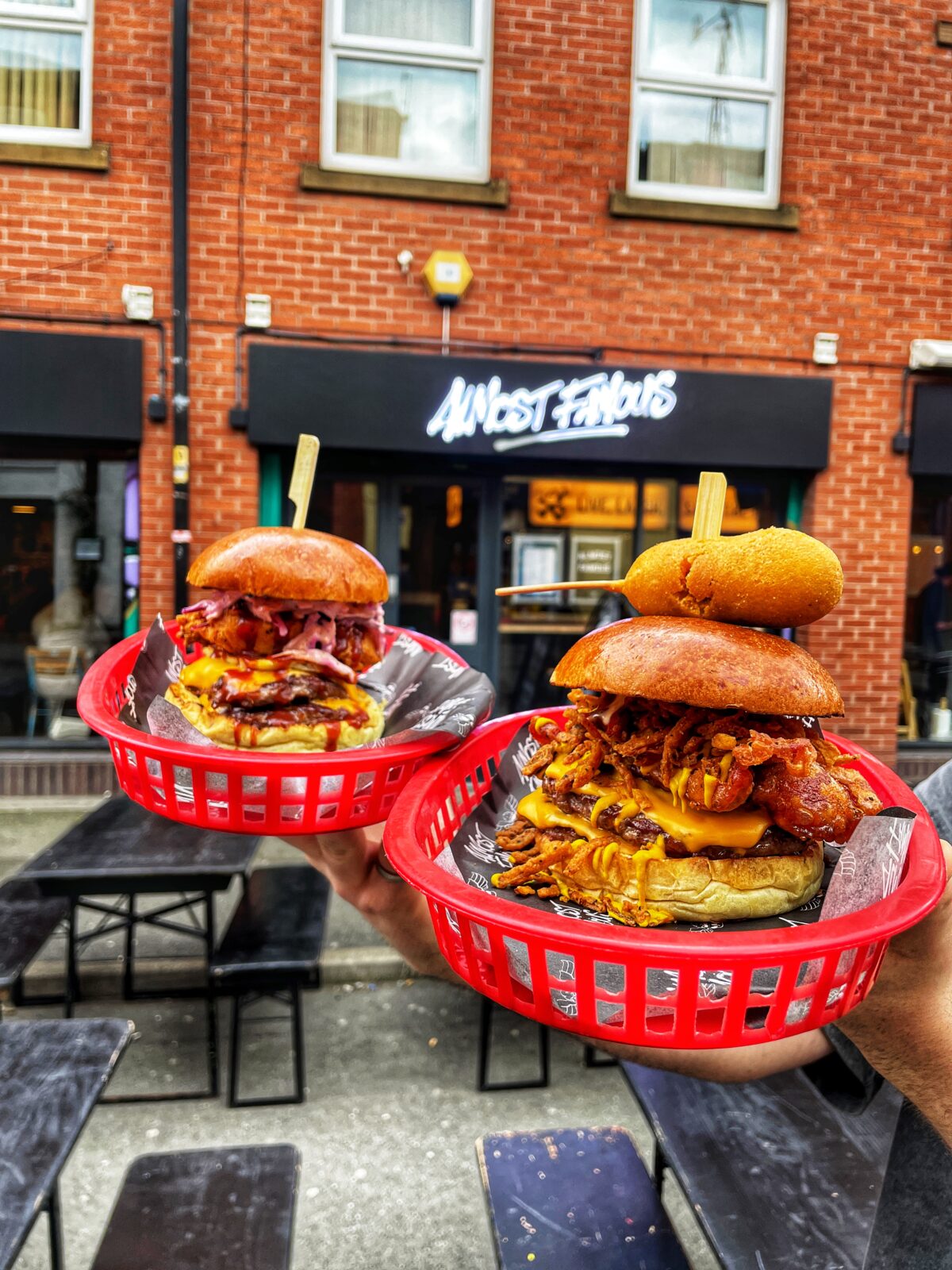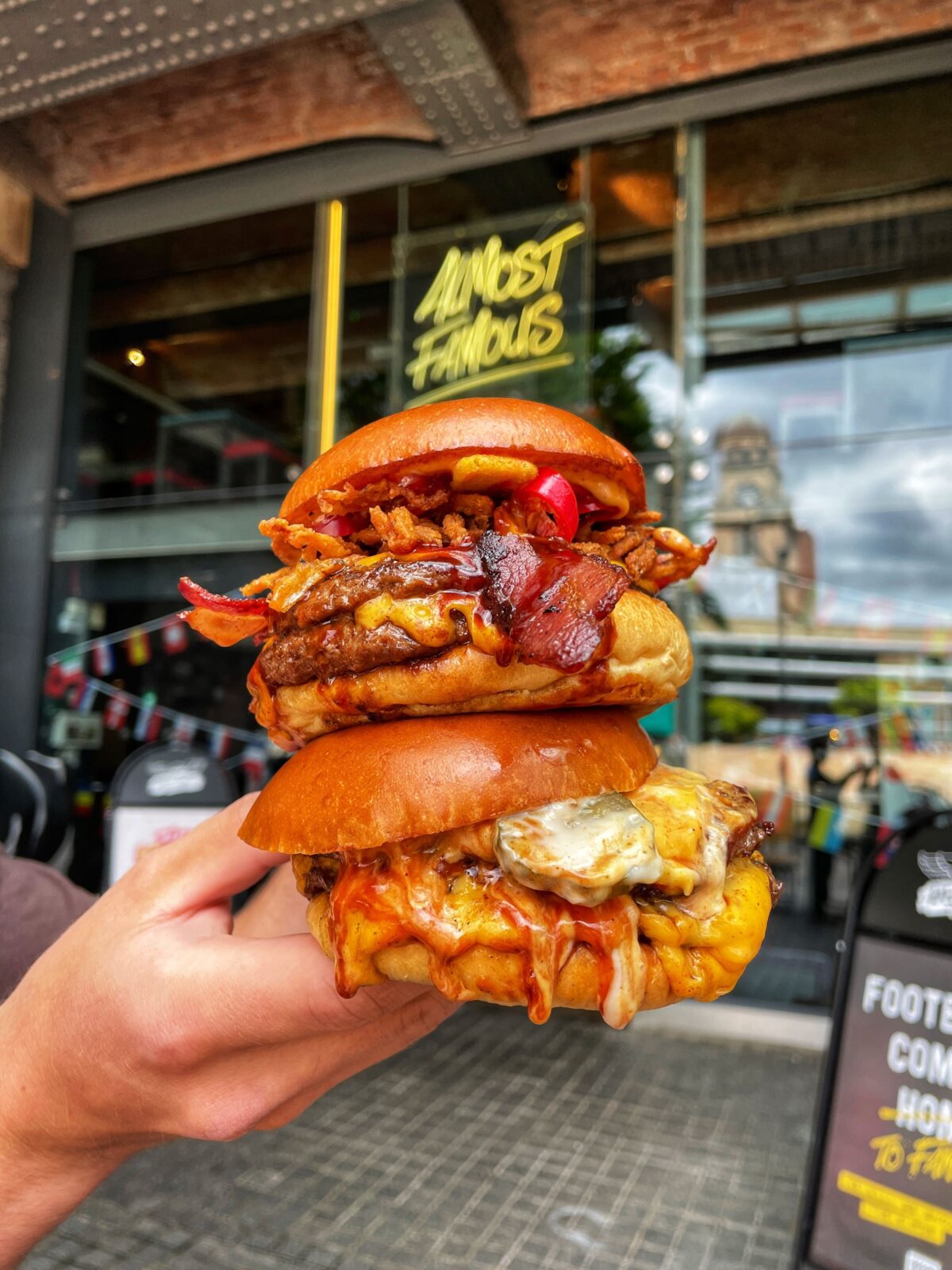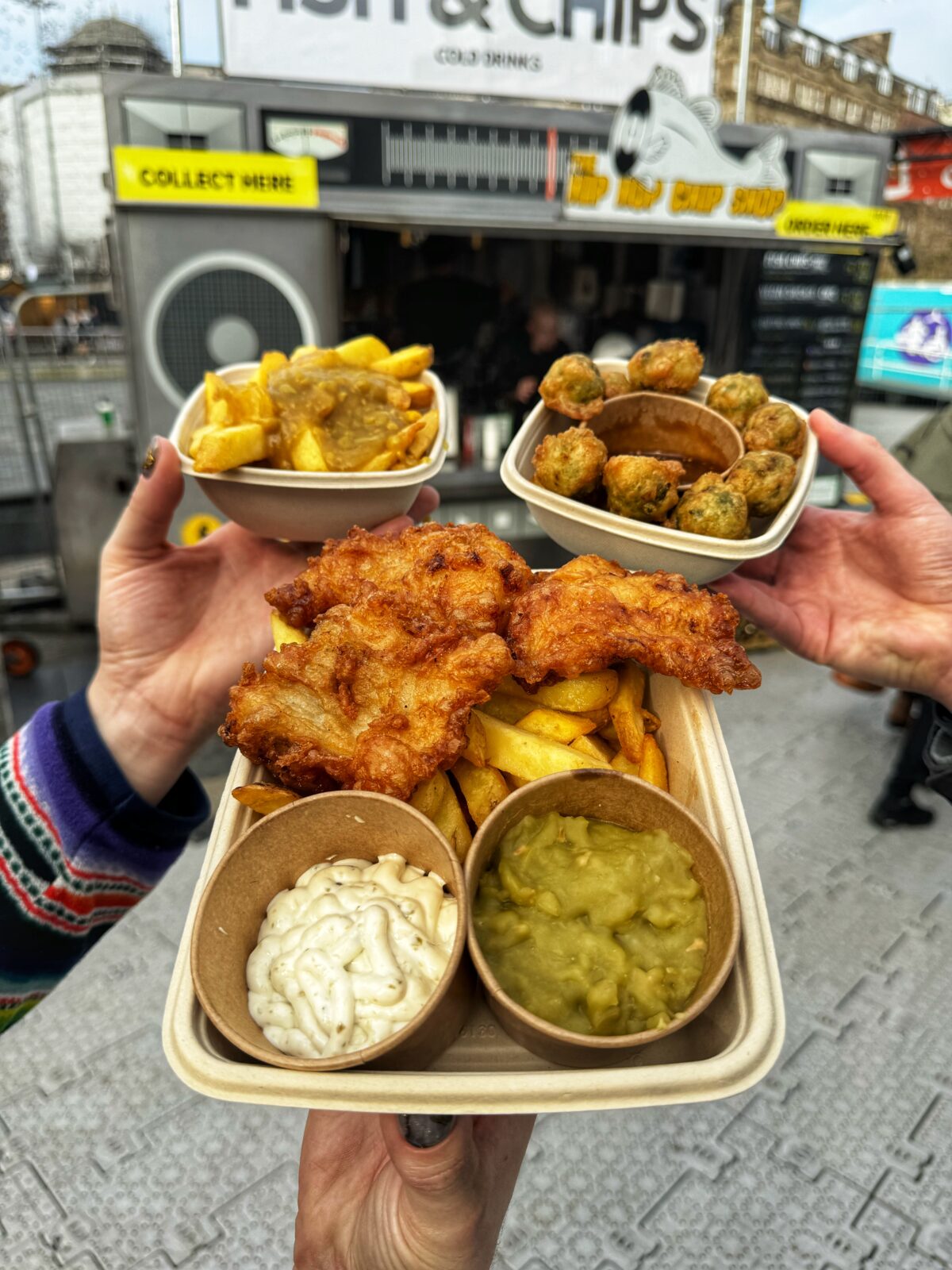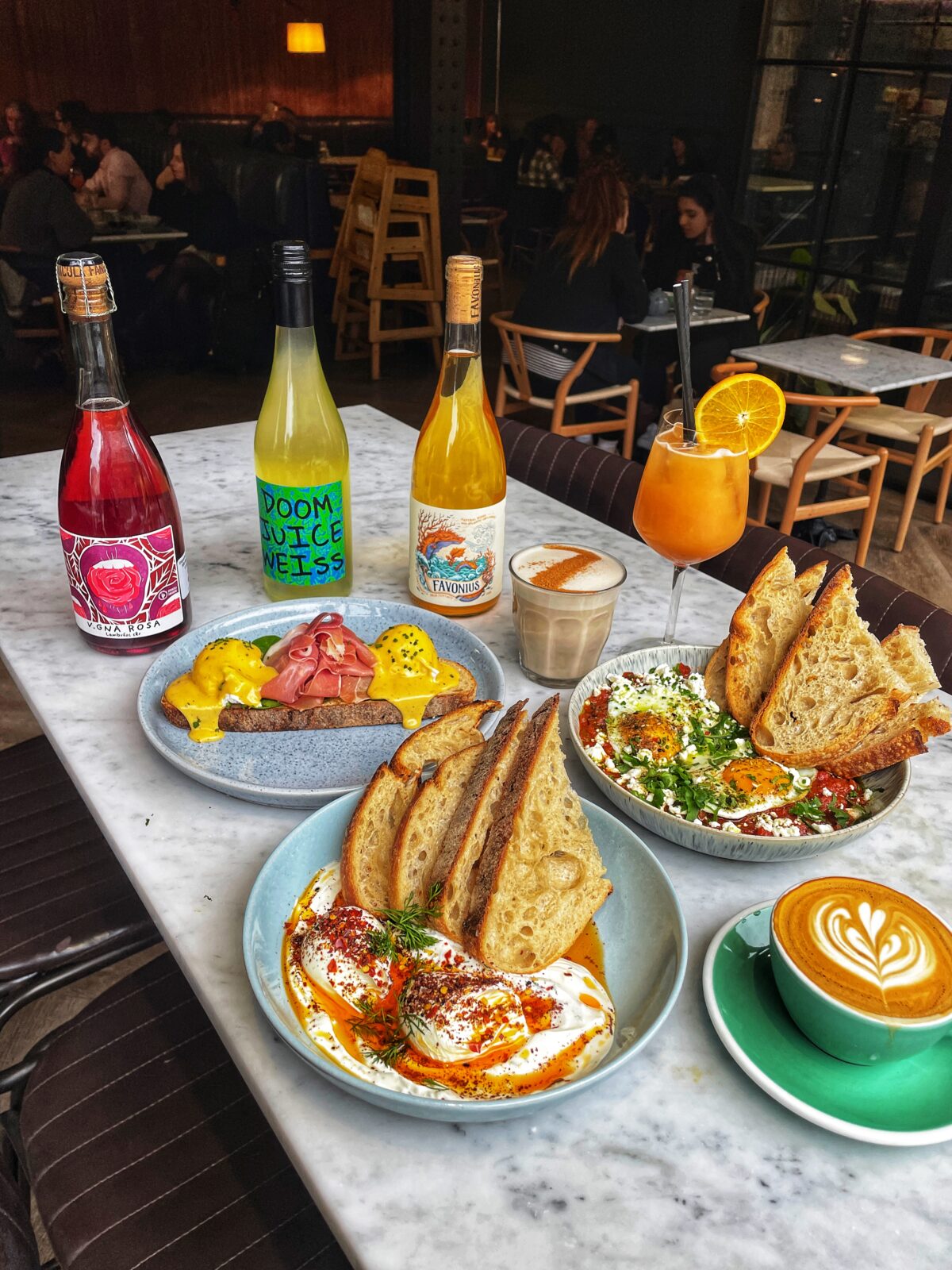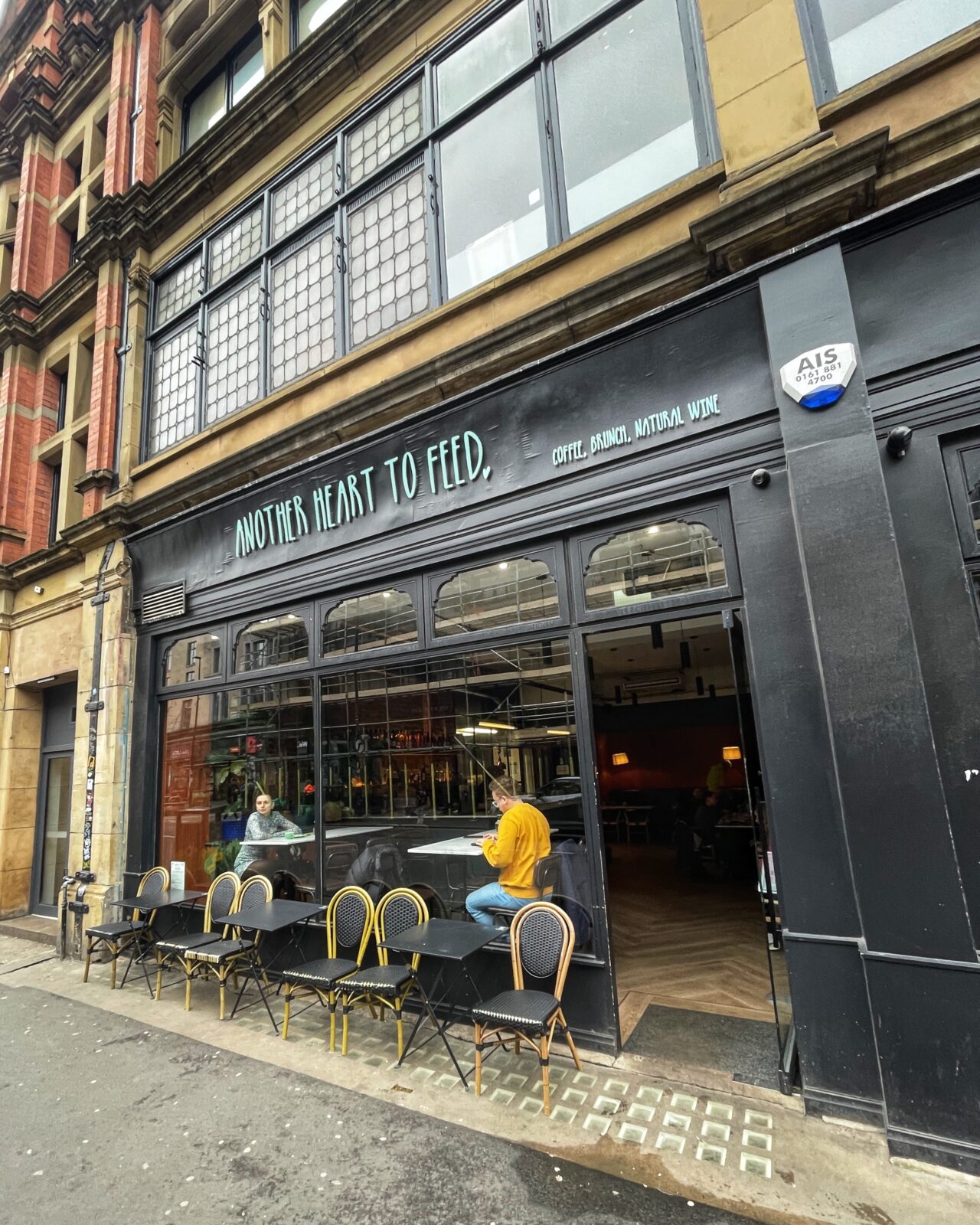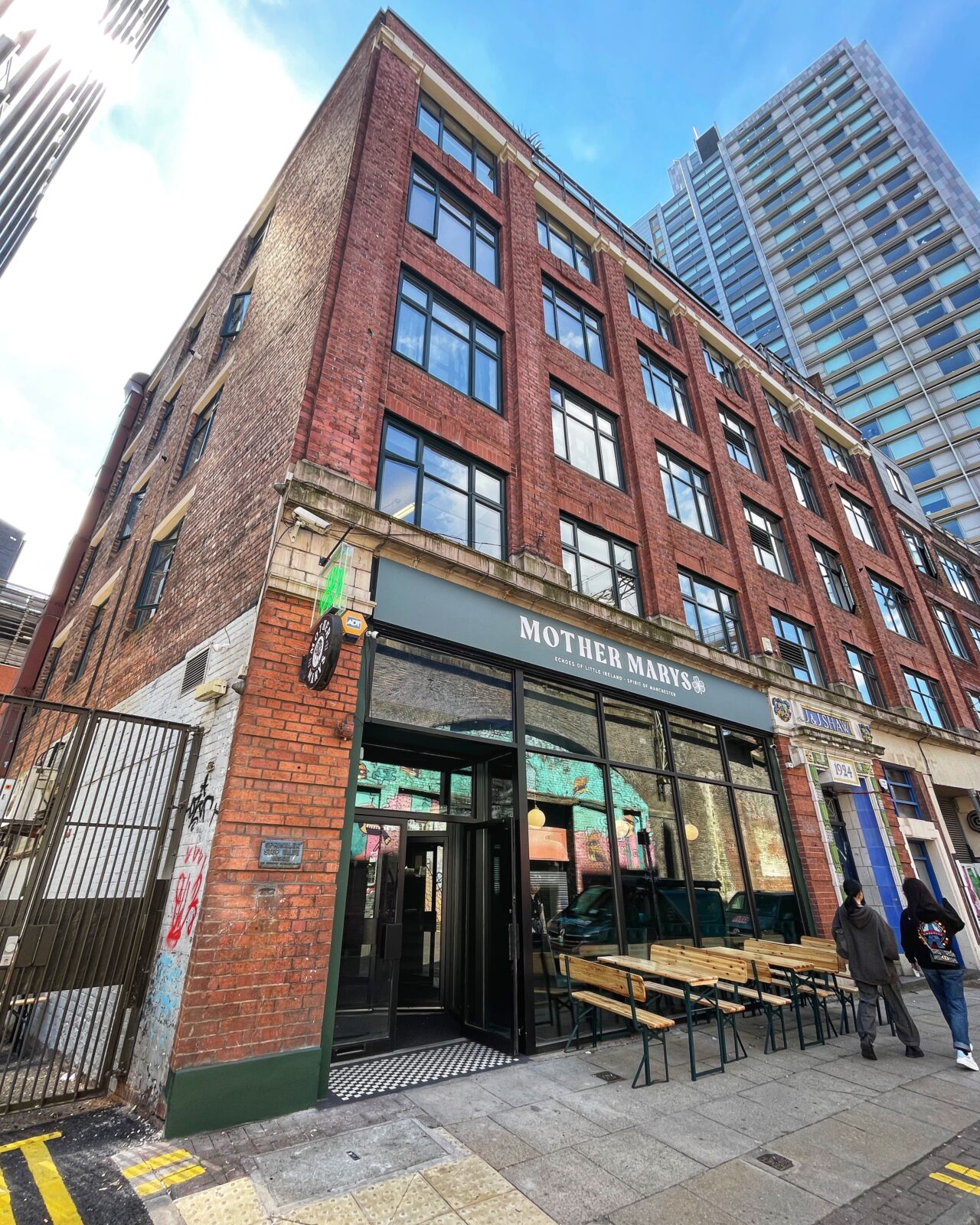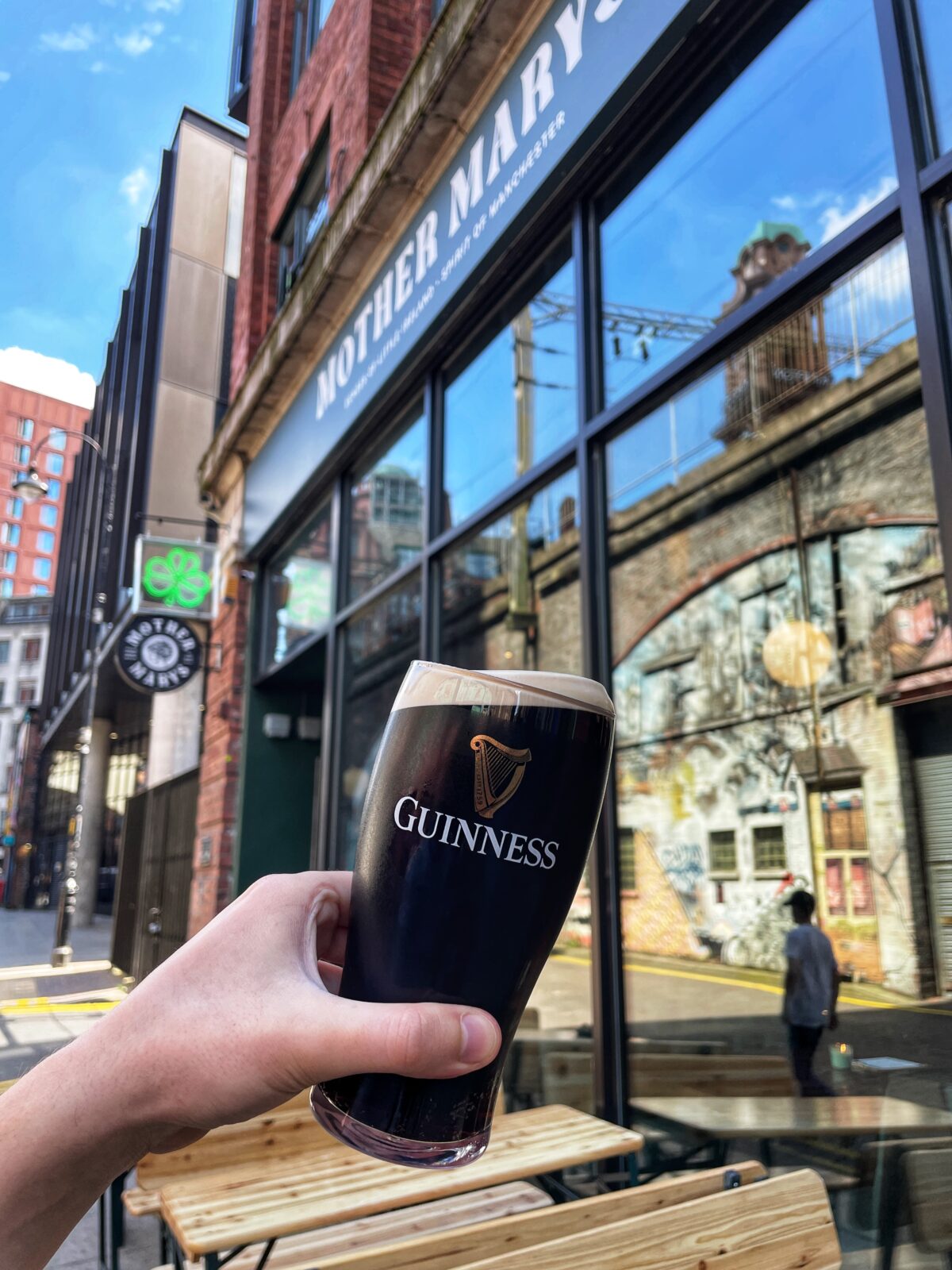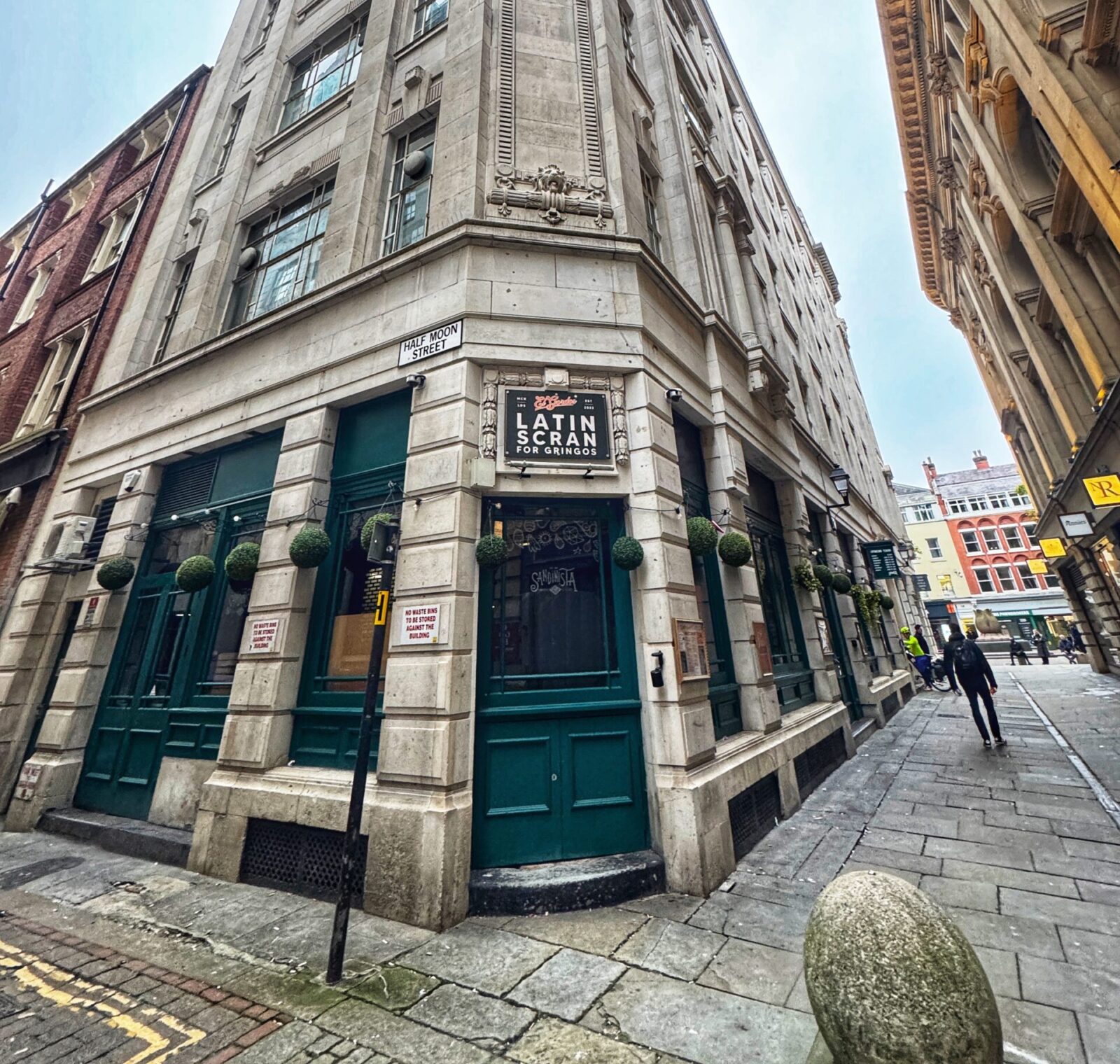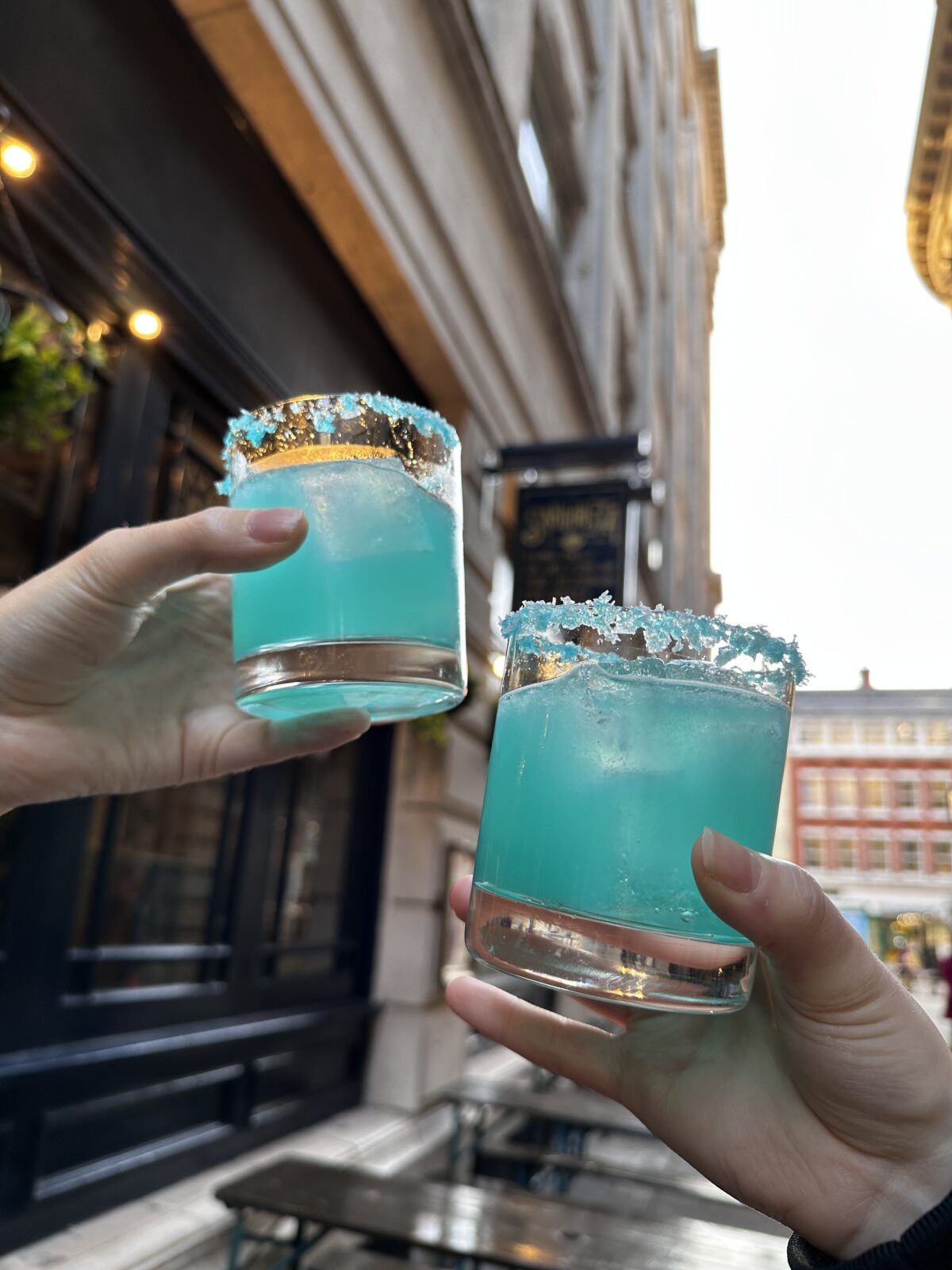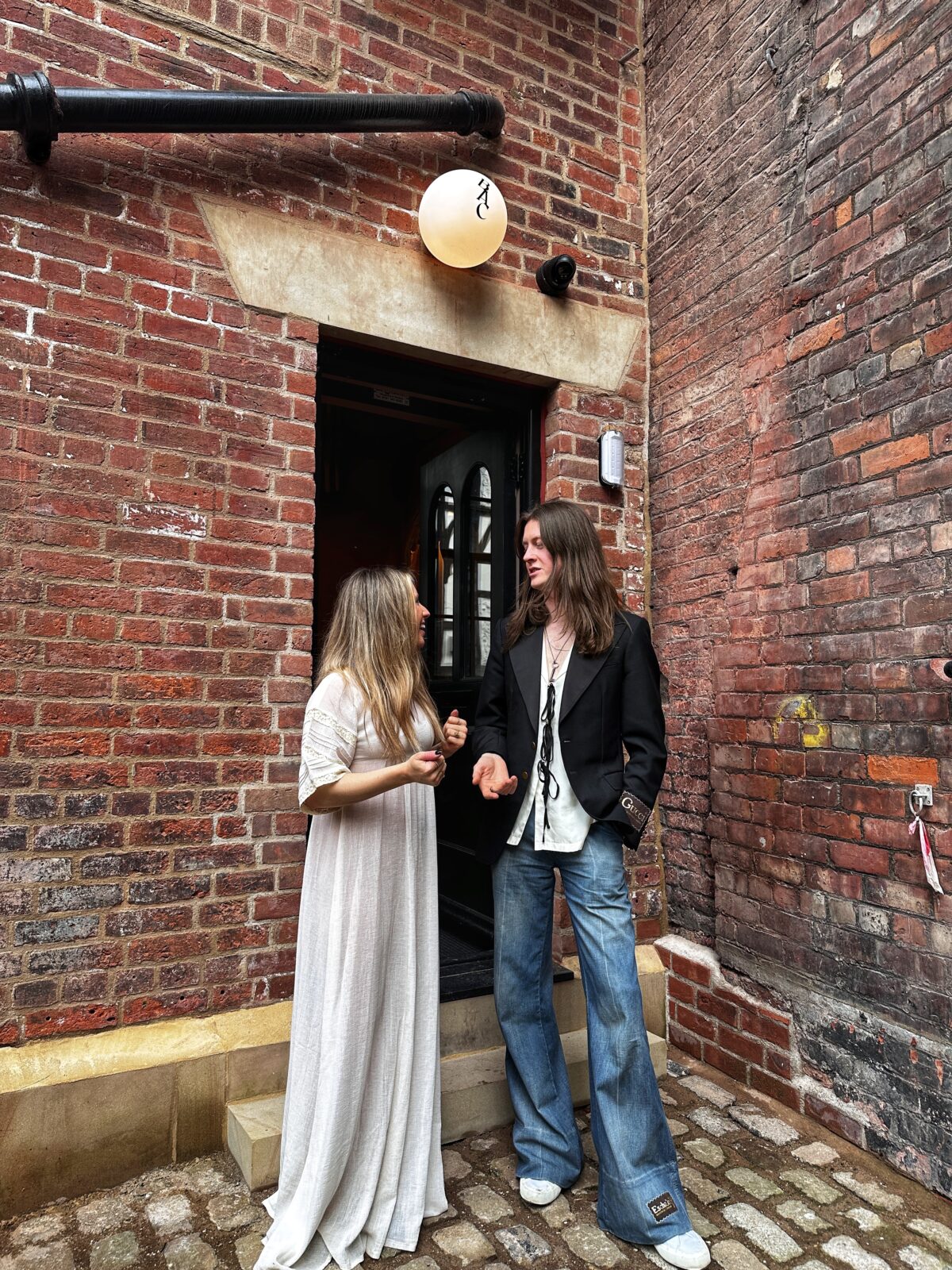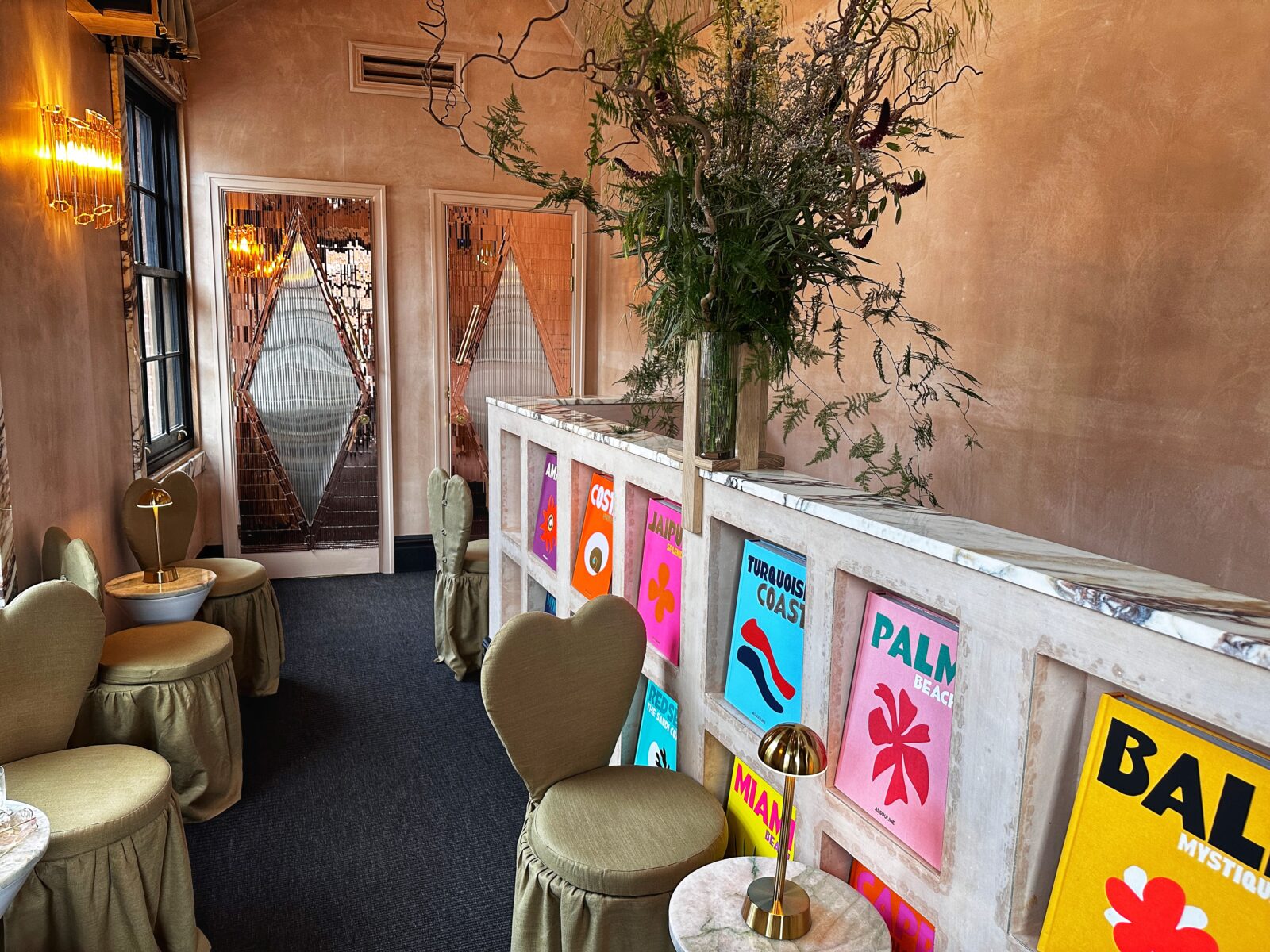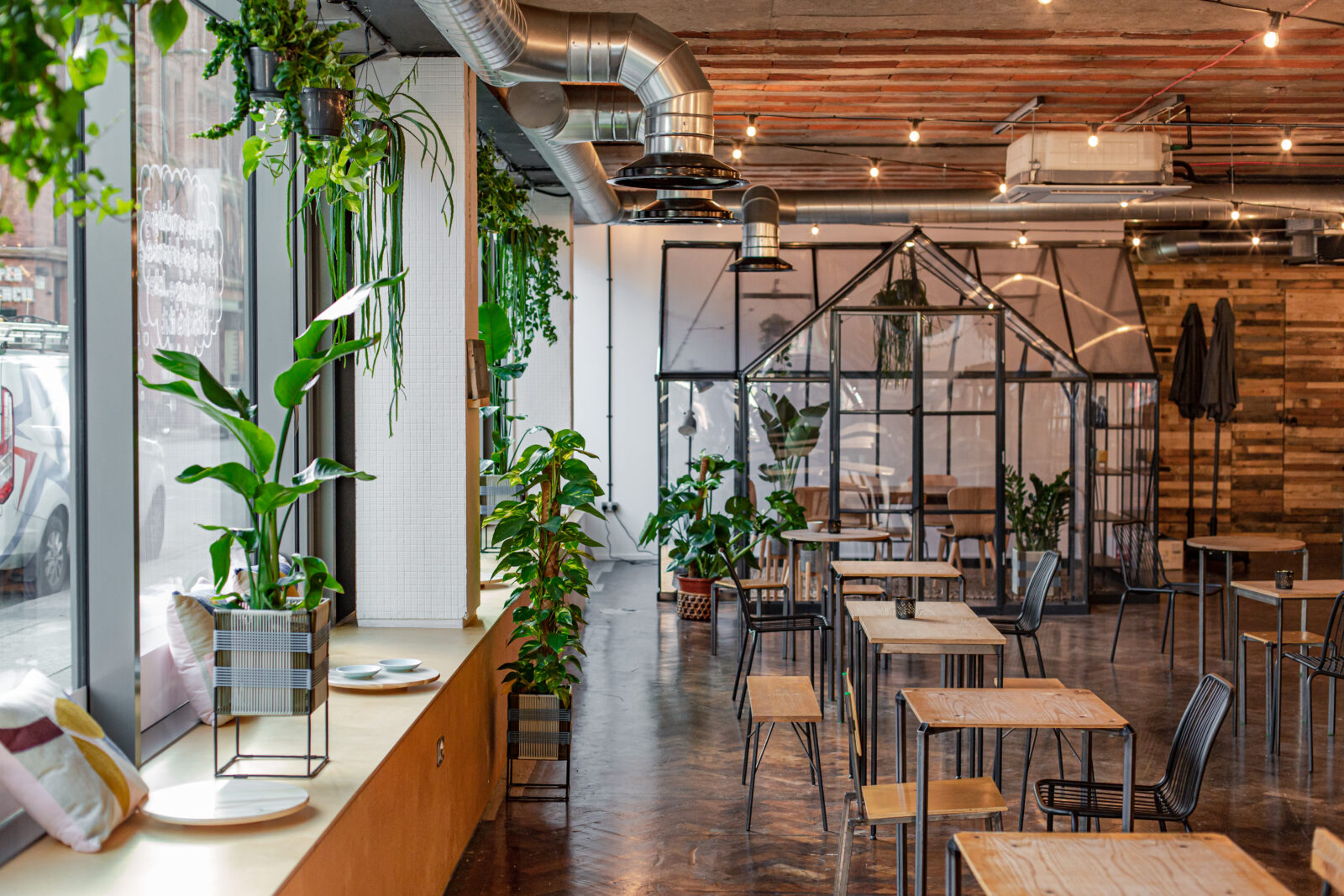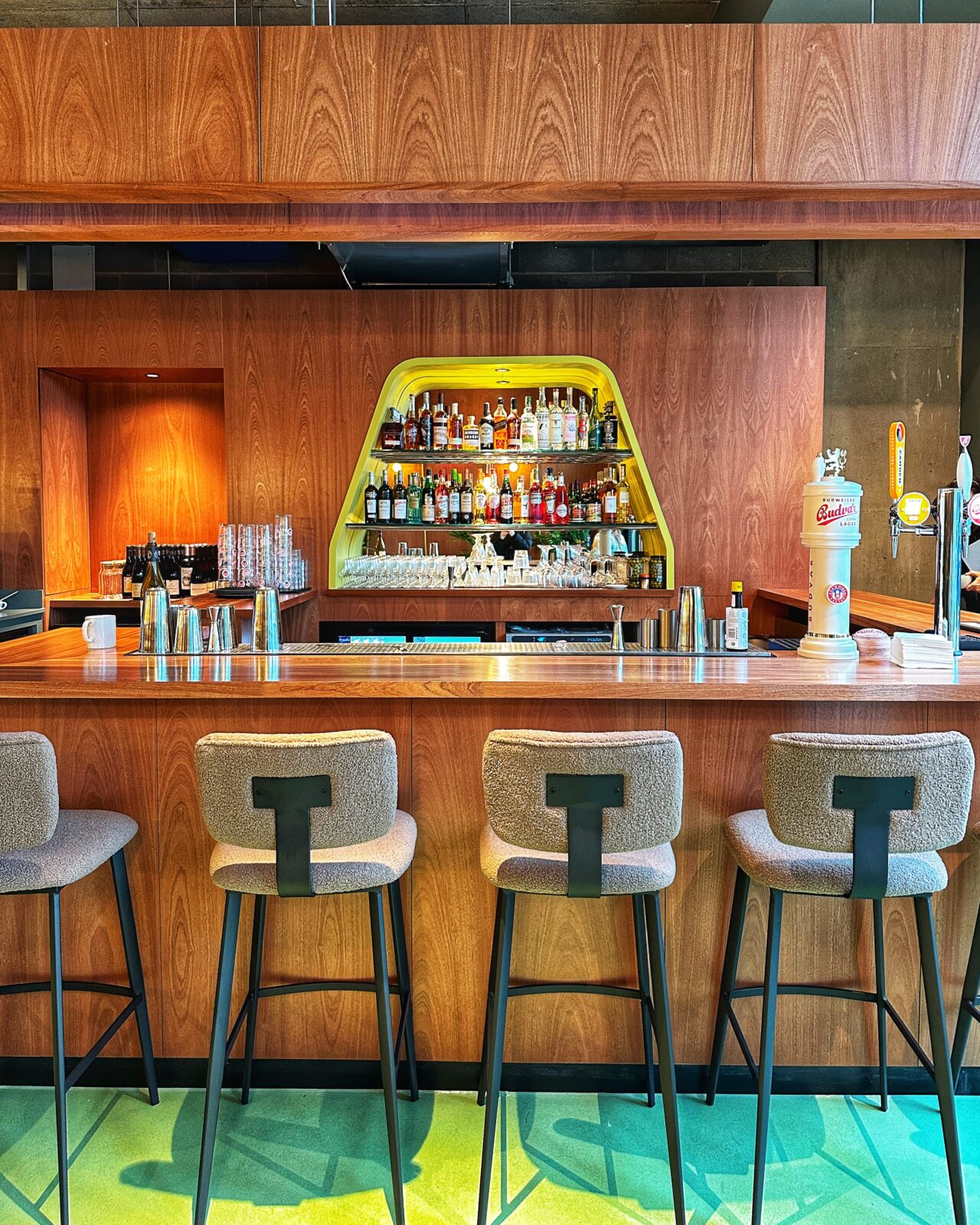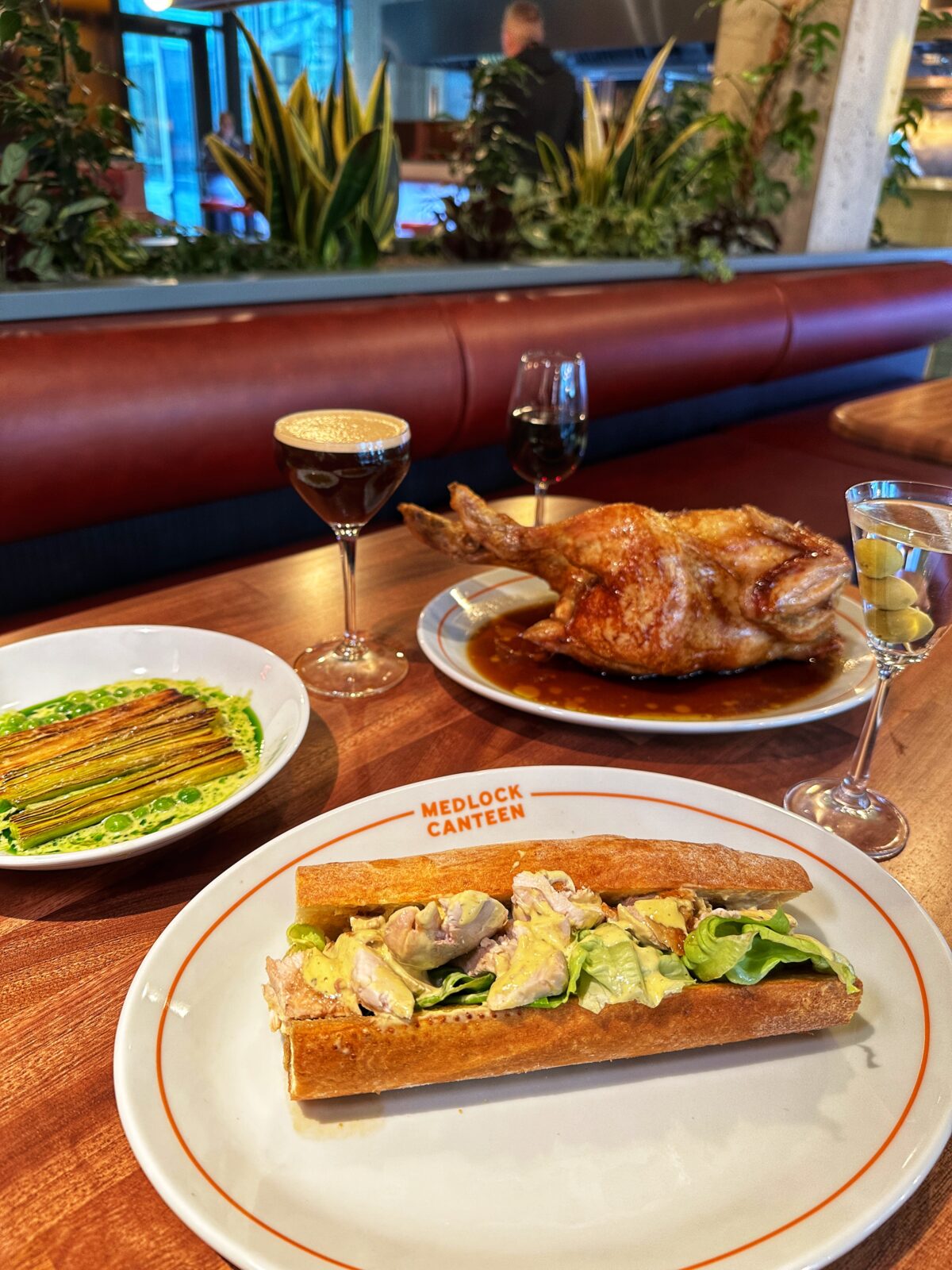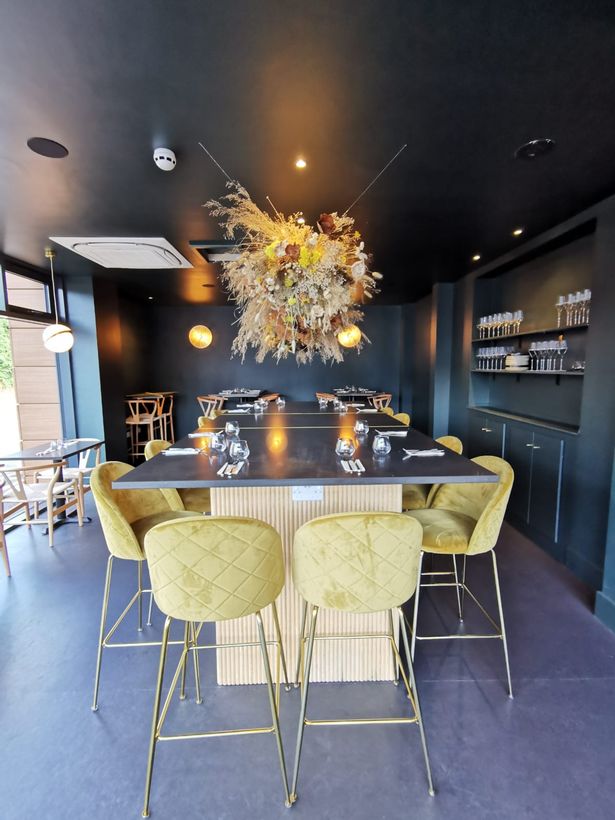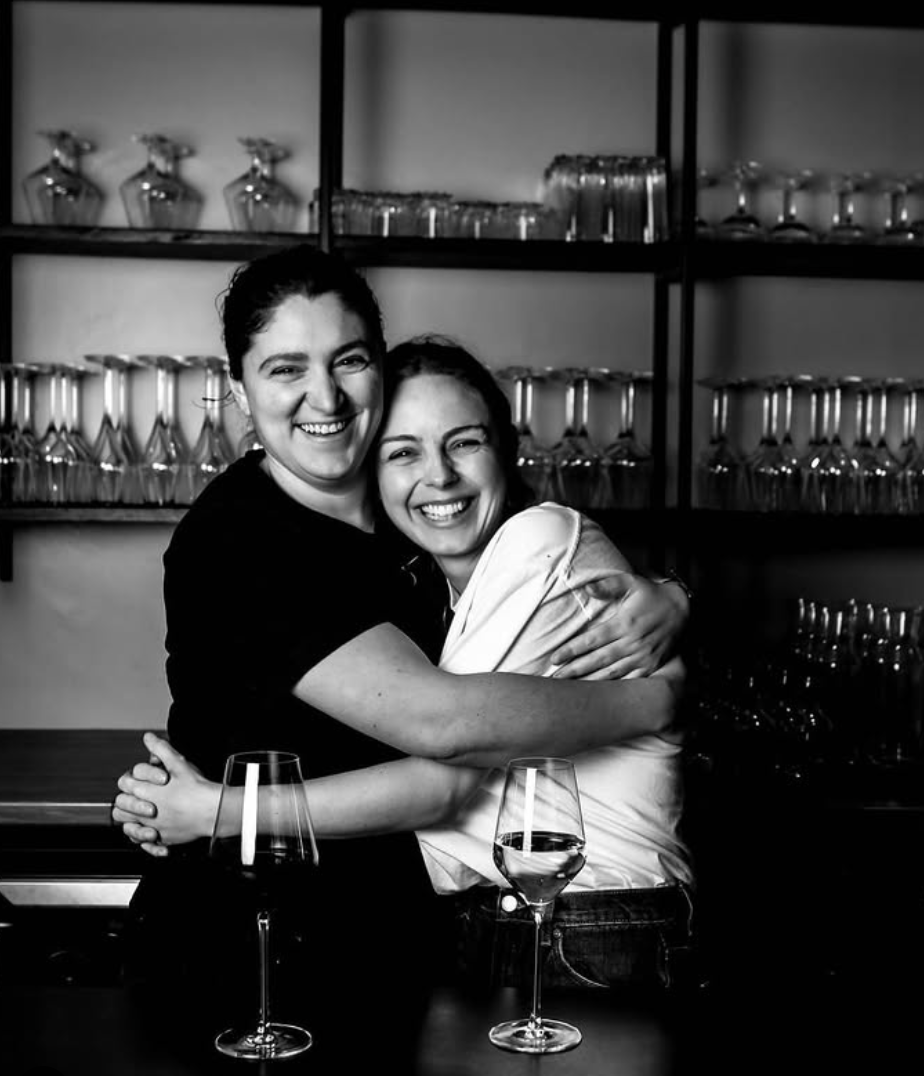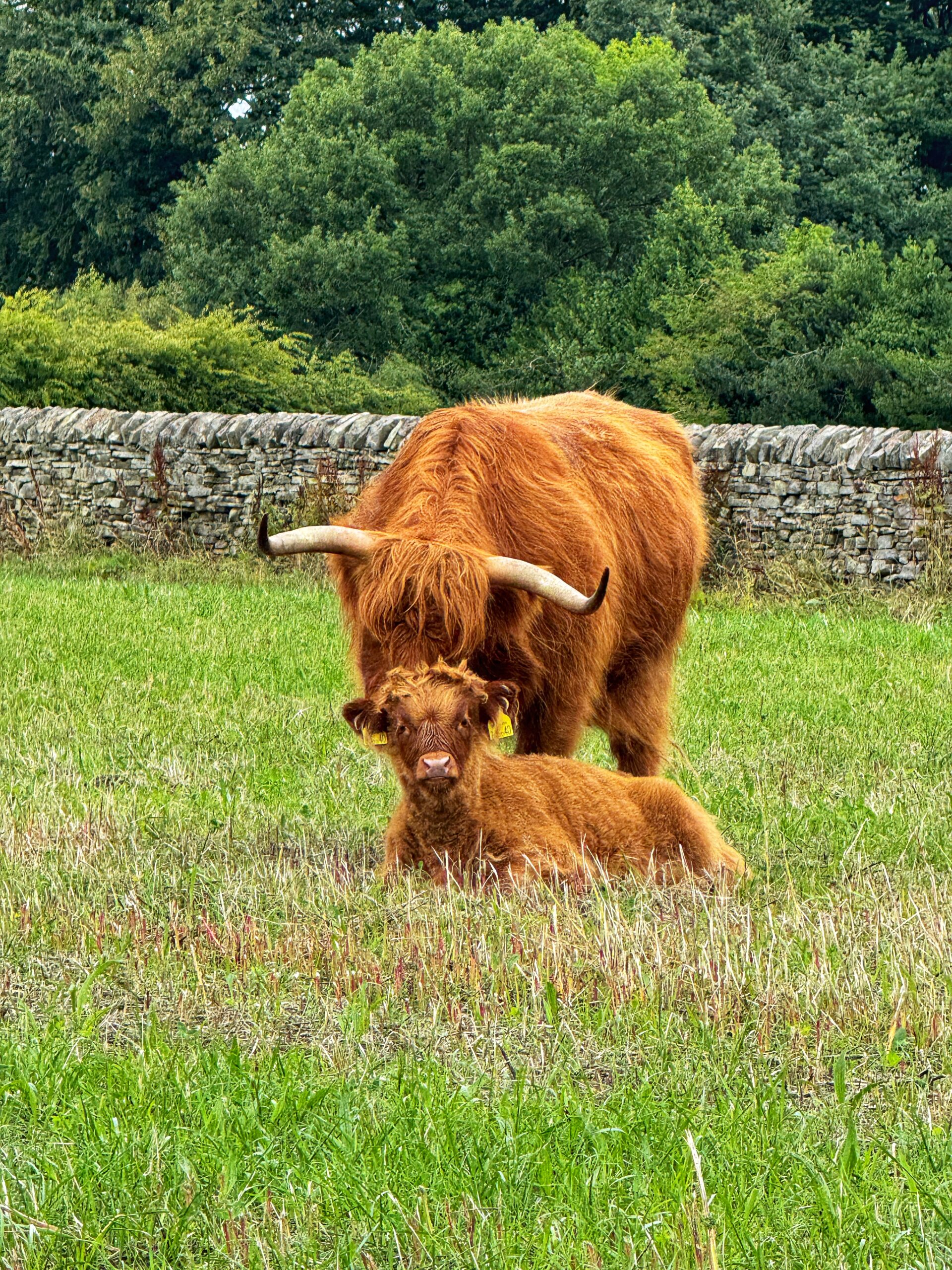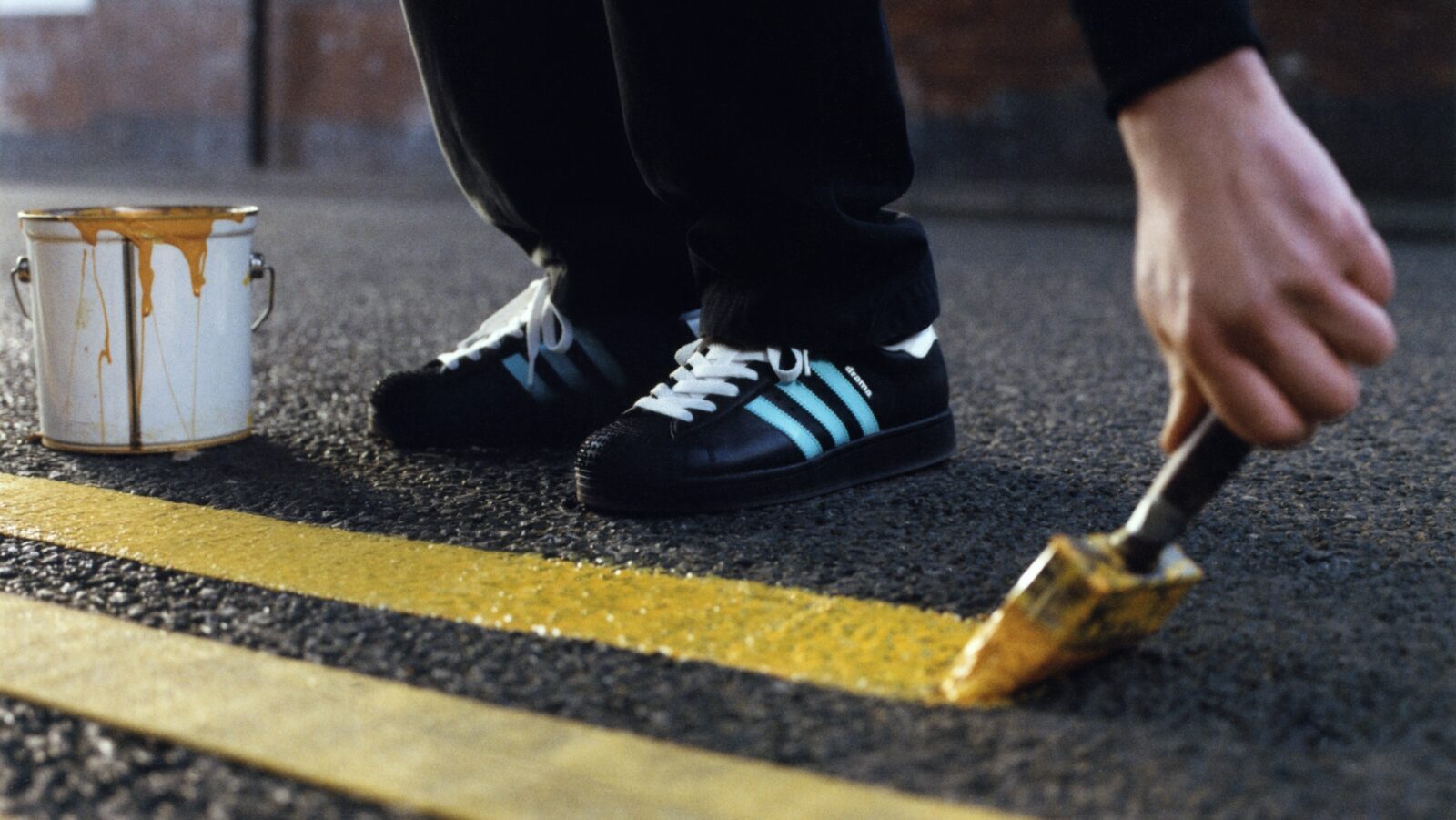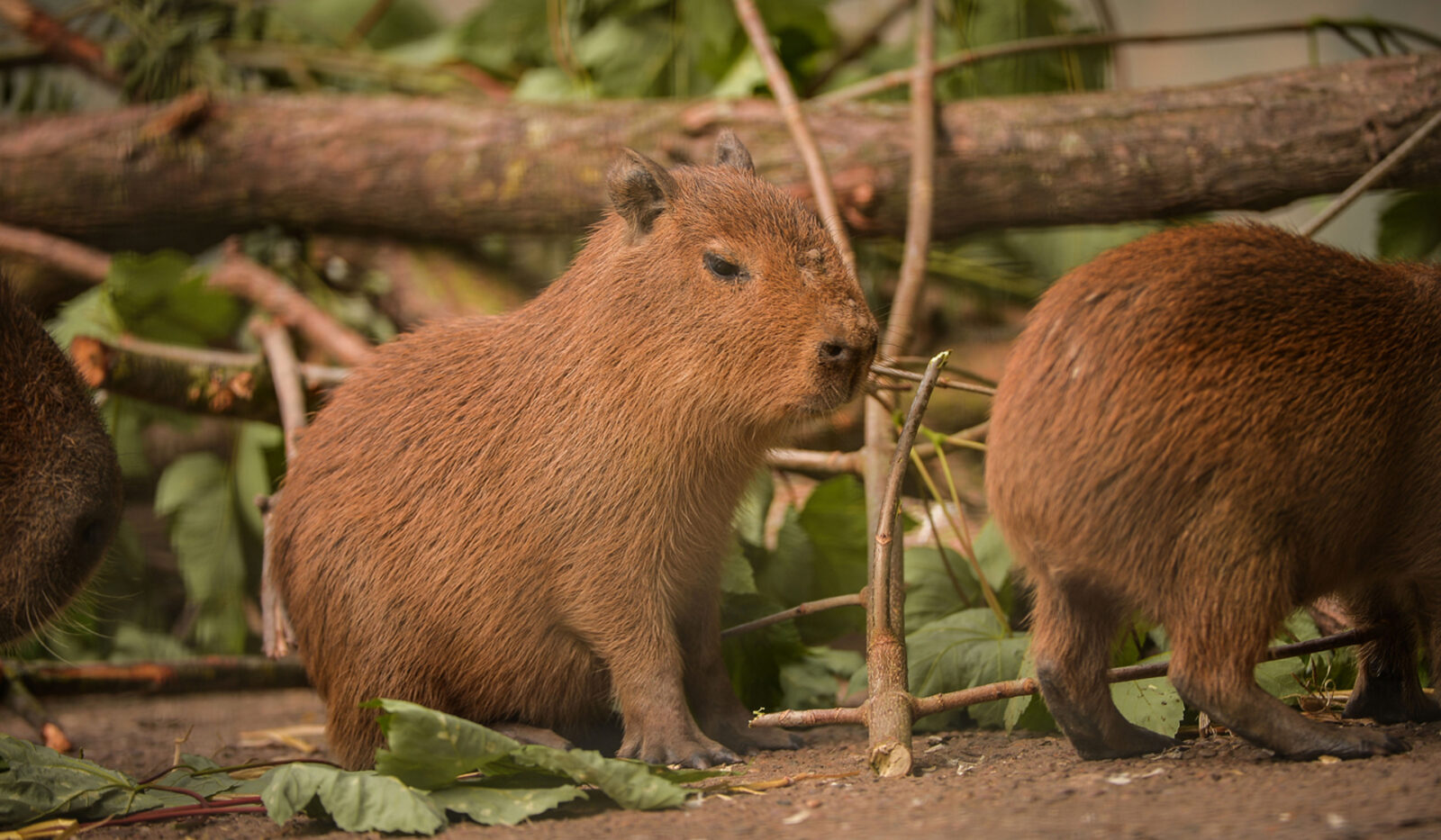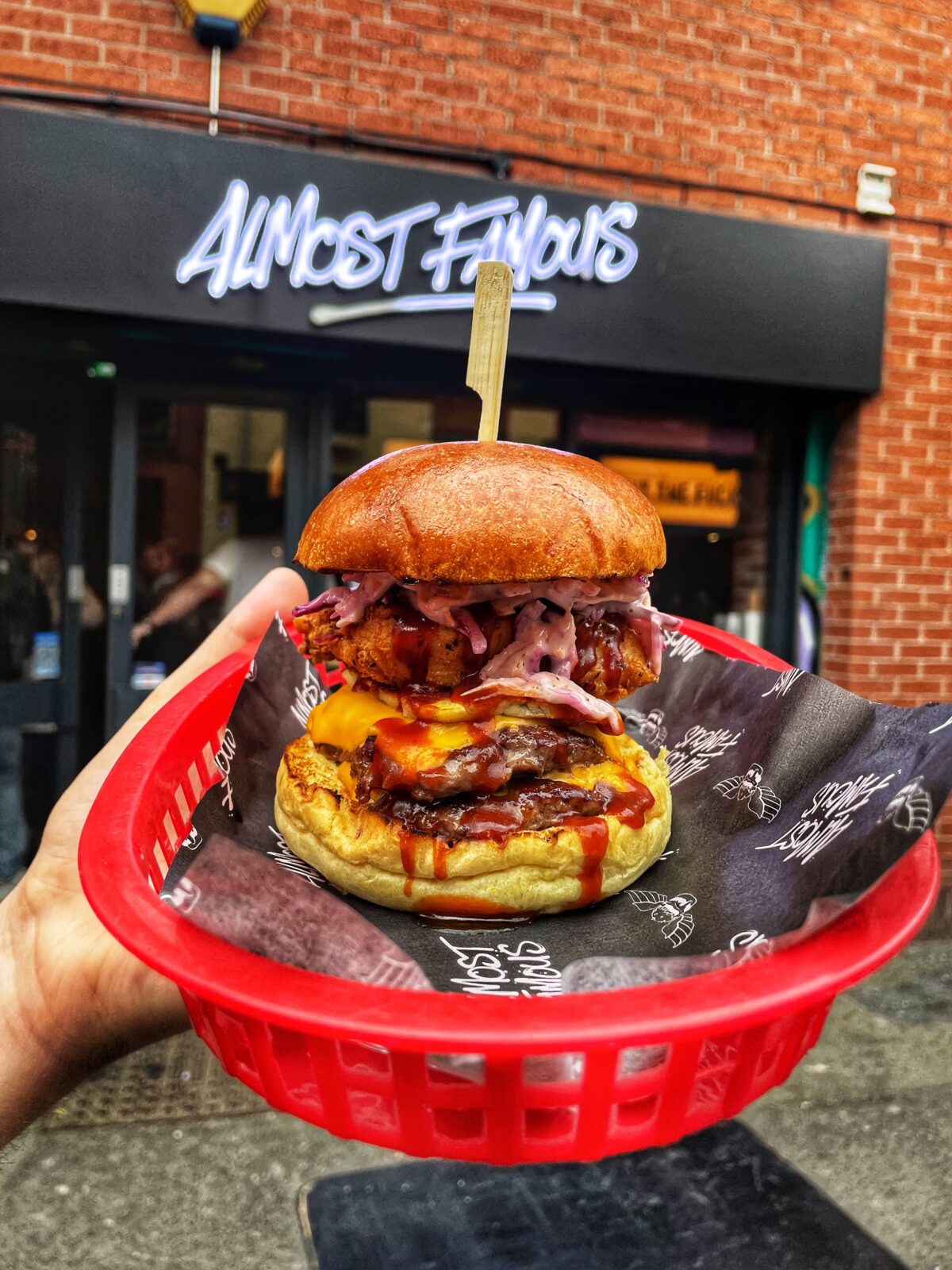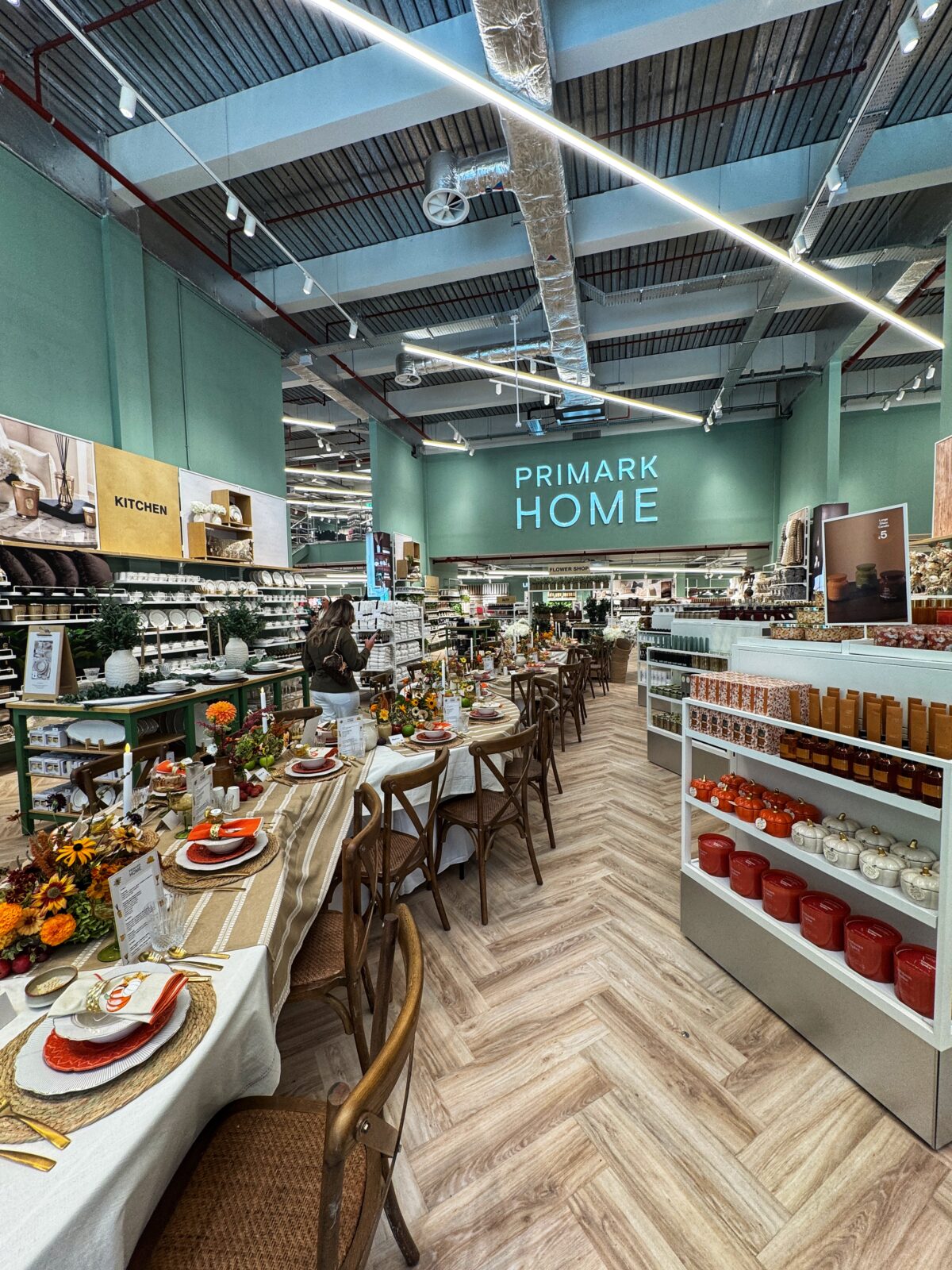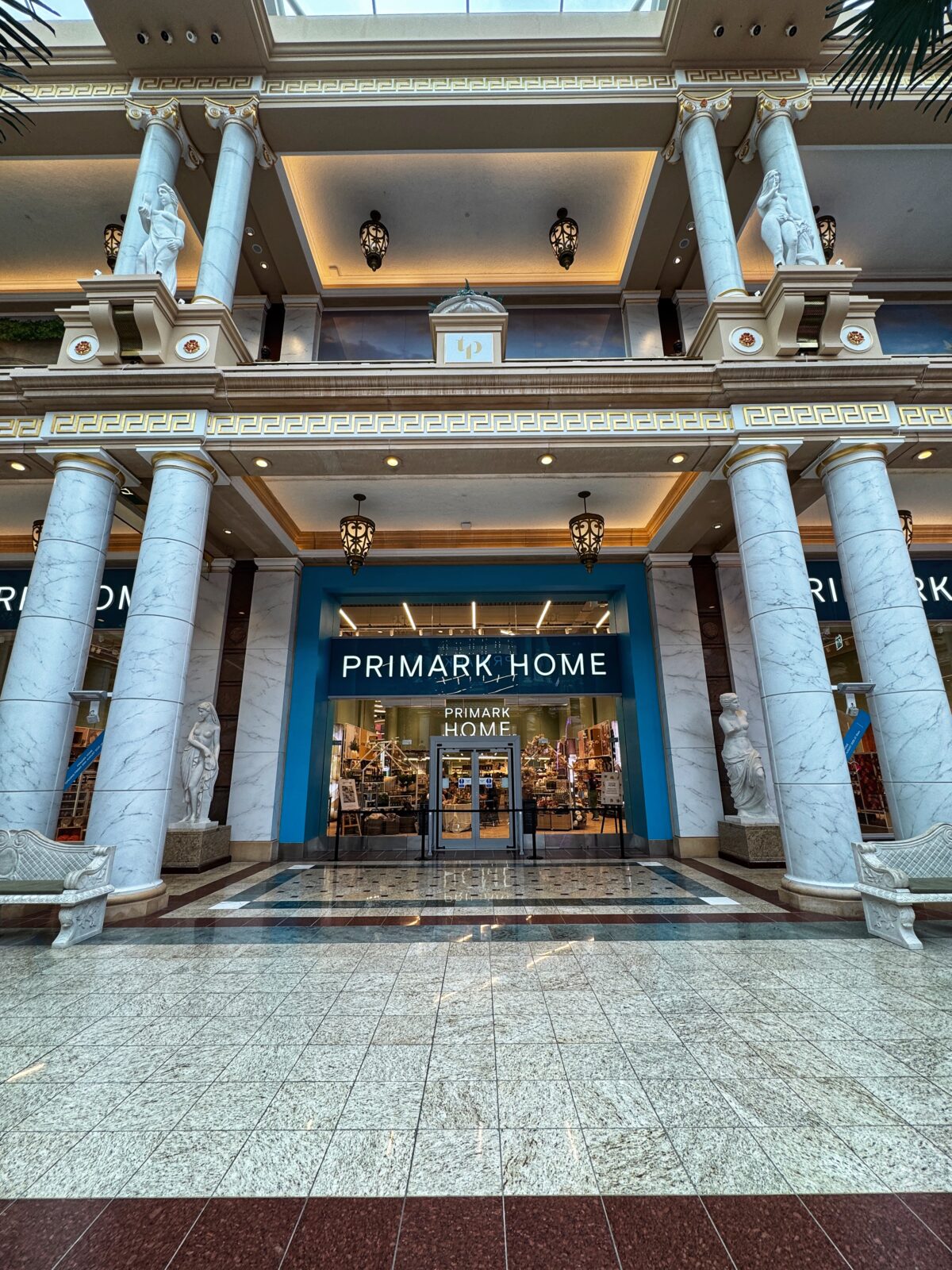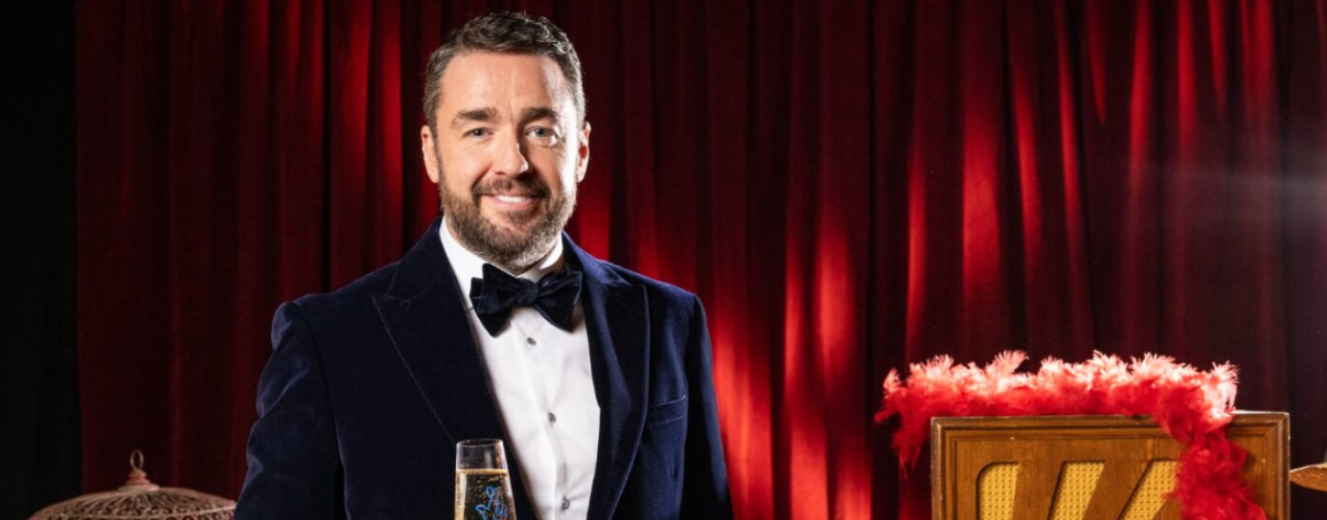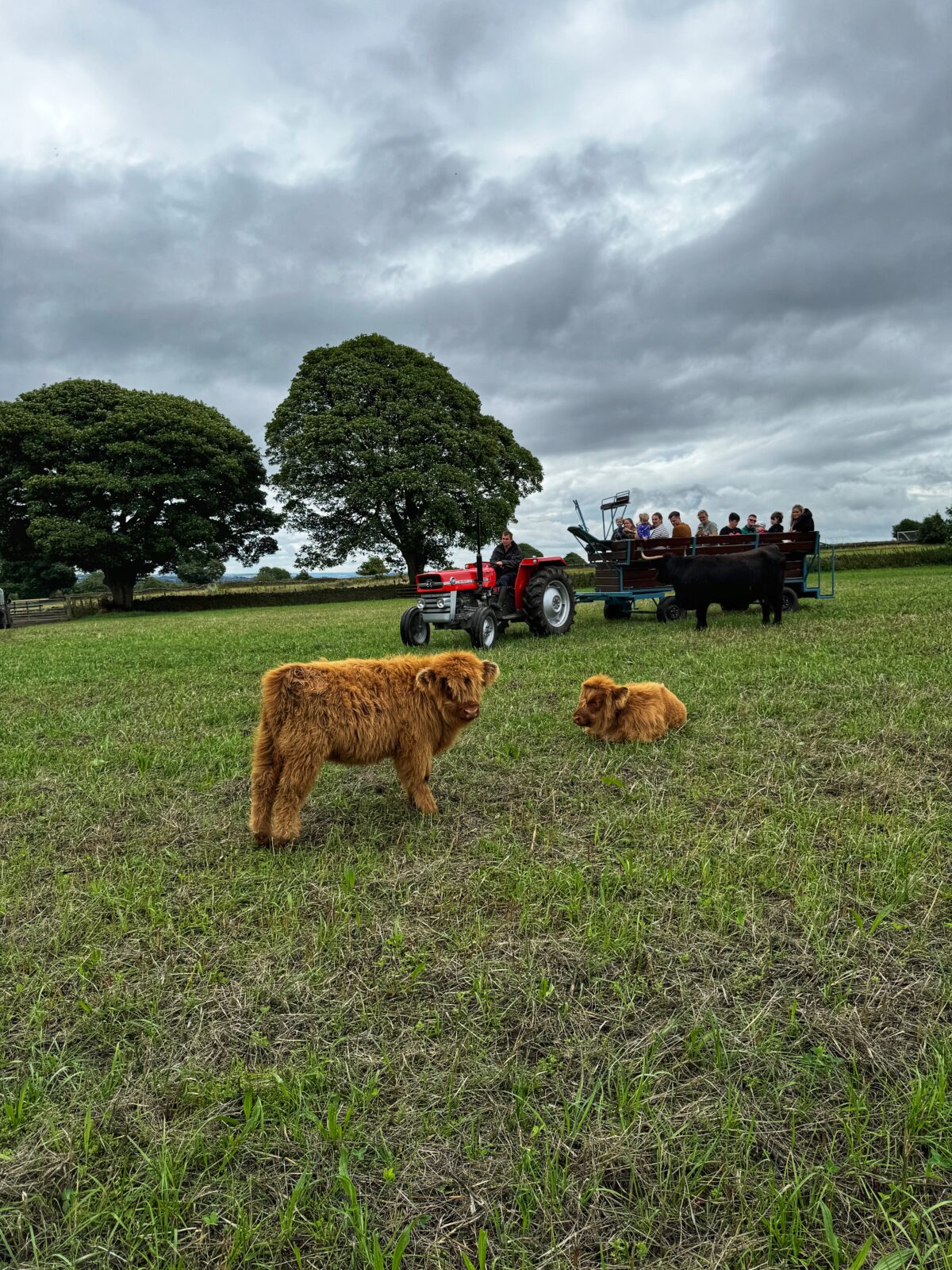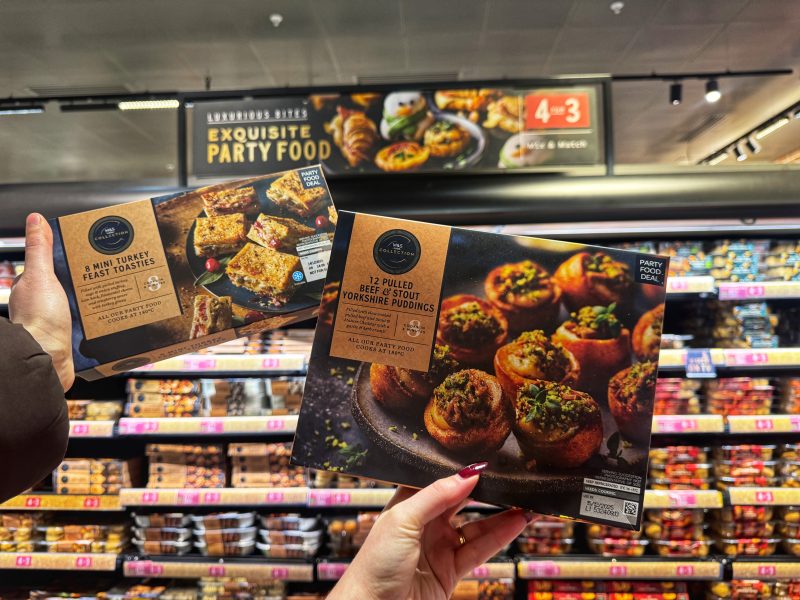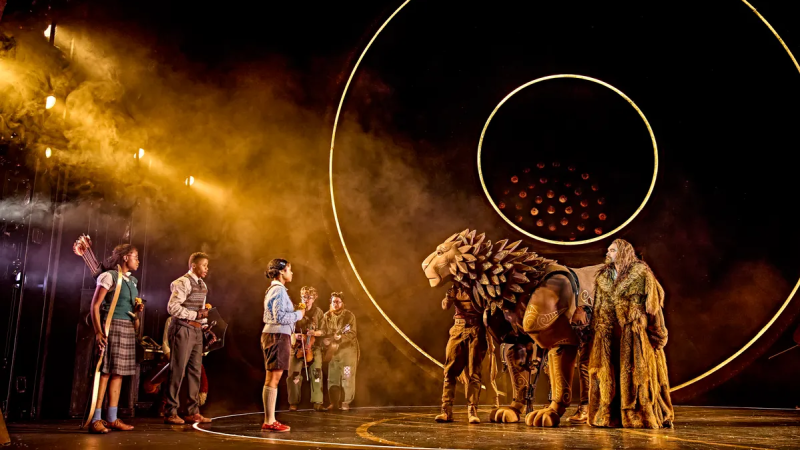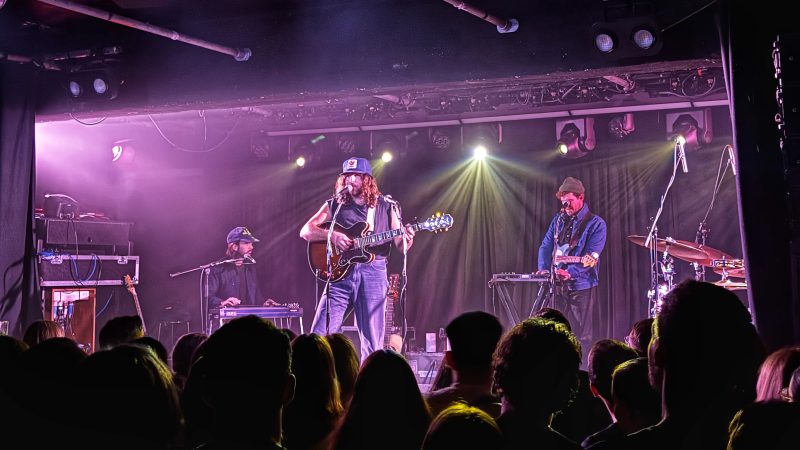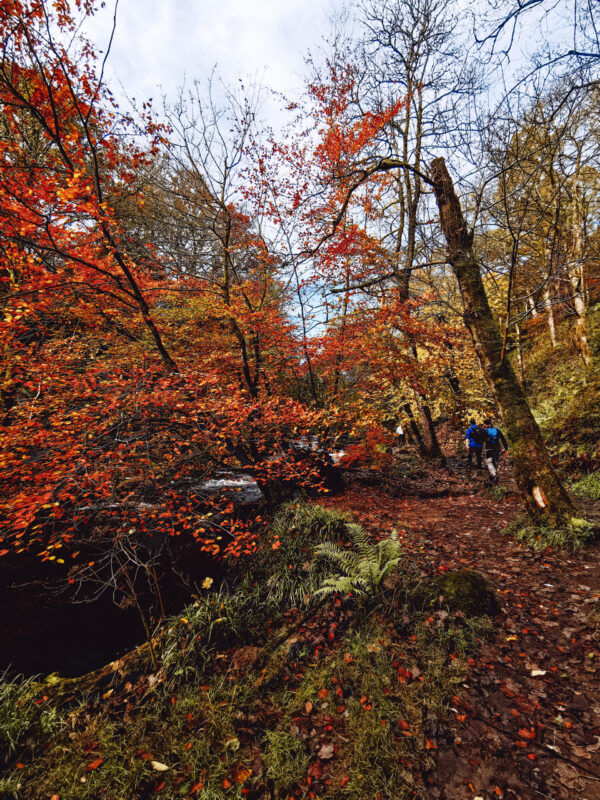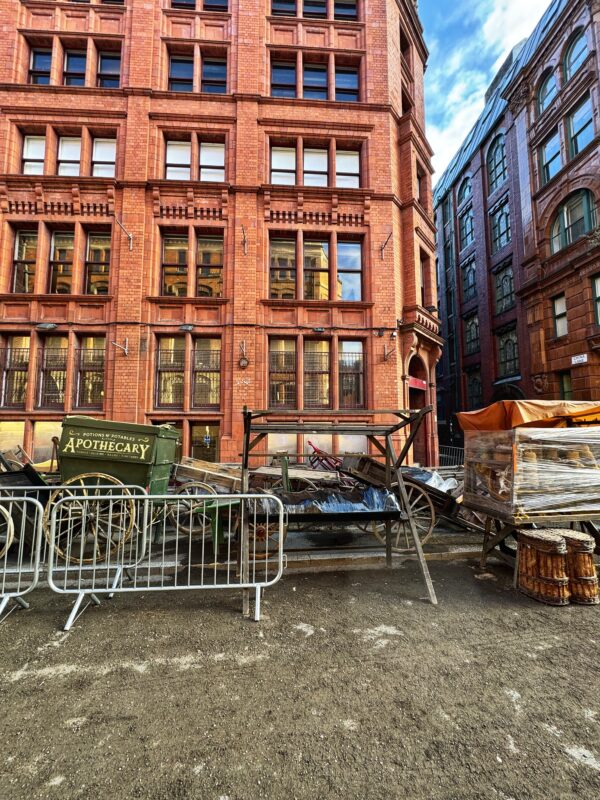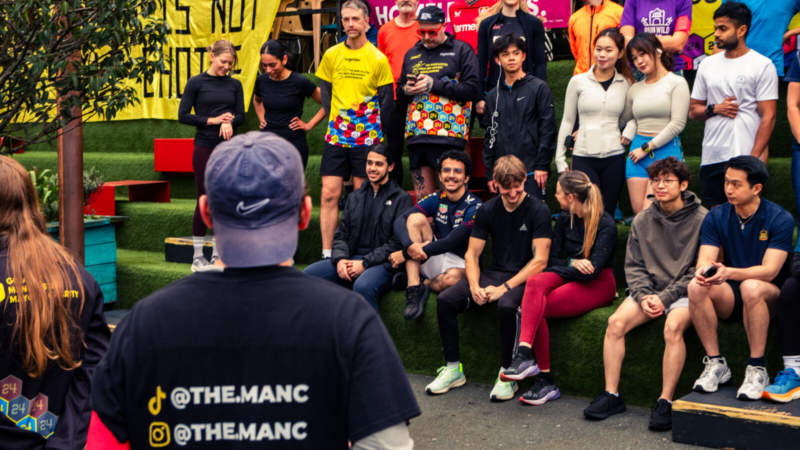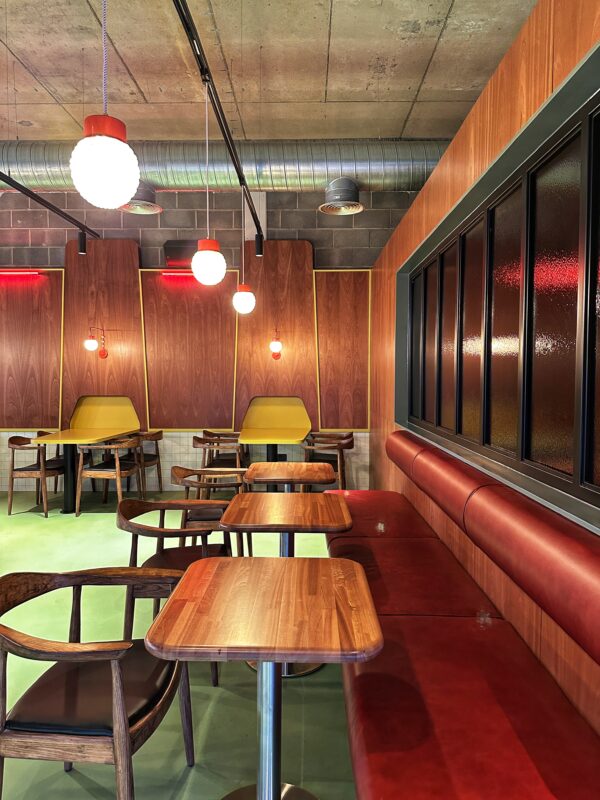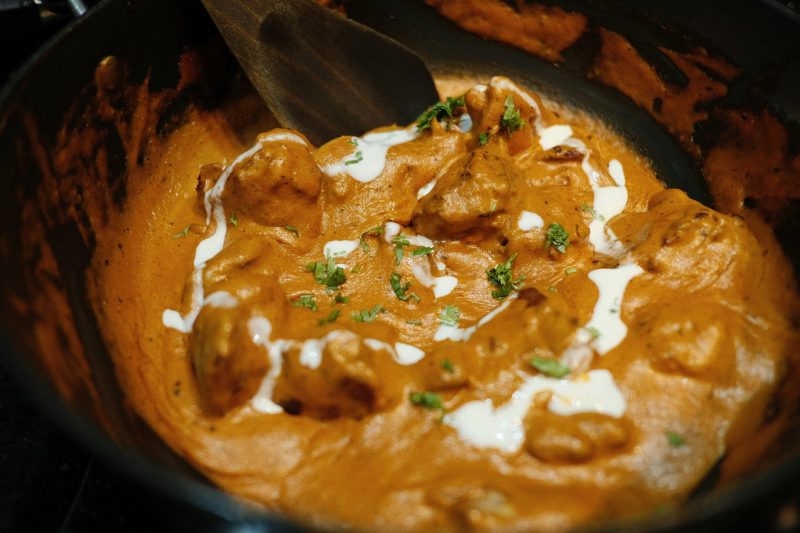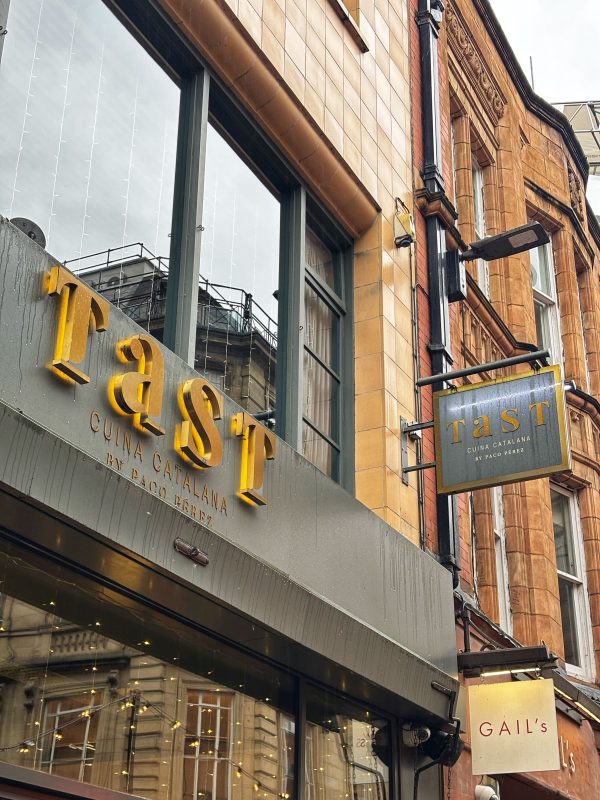Feature
Did ya know: Manchester’s sister city is Wuhan, where COVID-19 first emerged
Manchester and Wuhan have been twinned together for more than thirty years - forging a strong relationship ever since.
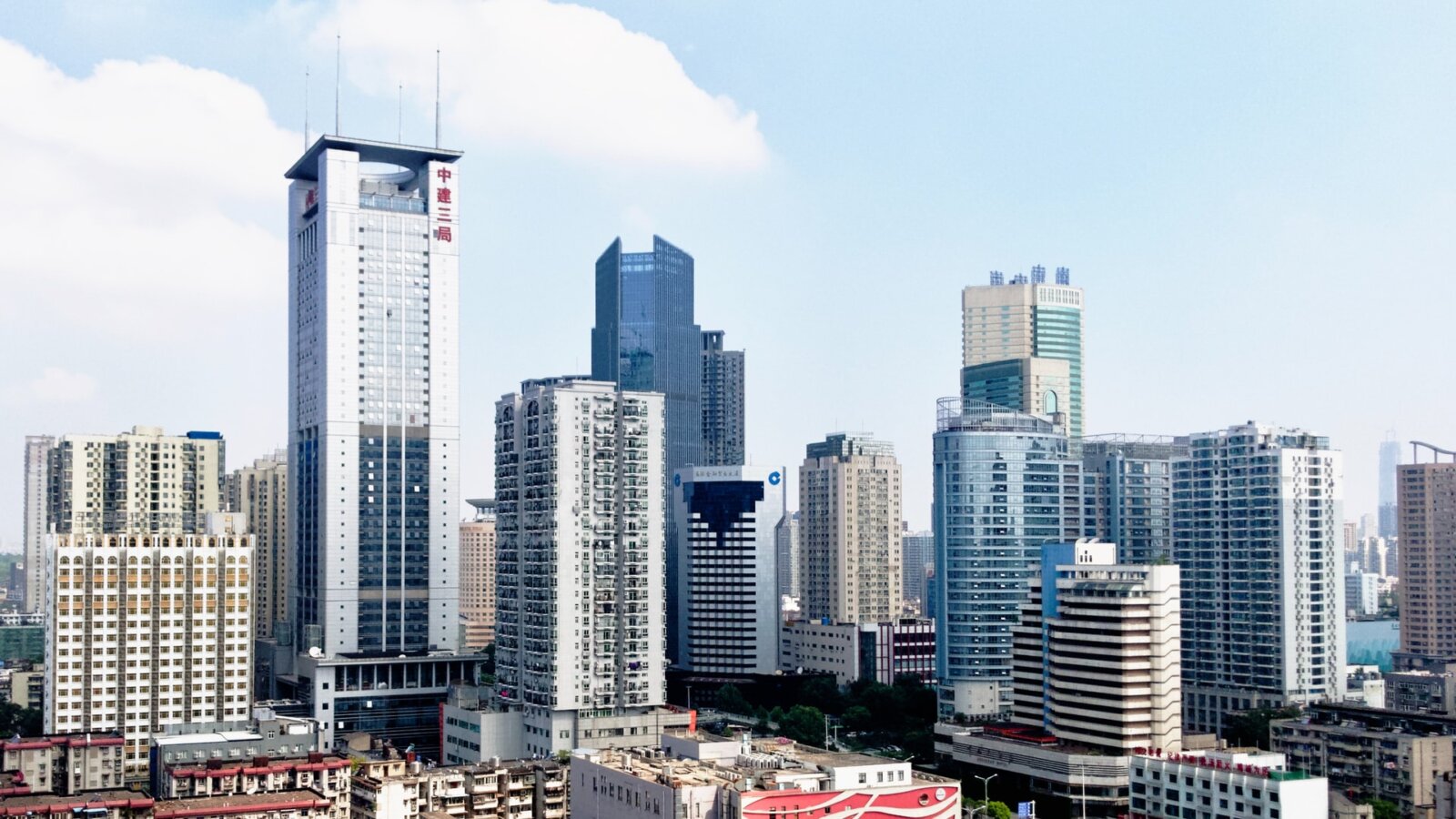
Coronavirus appeared in Manchester at the start of March. But the region was already talking about COVID-19 long before that. After all, it was our sister city that was hit first.
Wuhan, Manchester’s twin, became the focus of international attention in January when it was a revealed a deadly new strain of bacteria had infiltrated the population.
By the turn of 2020, sickness and pneumonia levels in the Hubei province were mysteriously rising at alarming rates, and health experts determined a new coronavirus to be the culprit.
Manchester council leader, Richard Leese, was among the first in Britain to reach out in a letter of support, as the sobering severity of our sister city’s condition became clear.
On January 23, more than 11 million residents in Wuhan were initially locked down in a bid to contain the spread. Many surrounding cities soon followed.
But by then, the rapid spread of COVID-19 had already transcended borders.
Within weeks, coronavirus was ravaging the world – quickly becoming the biggest global pandemic in a century.
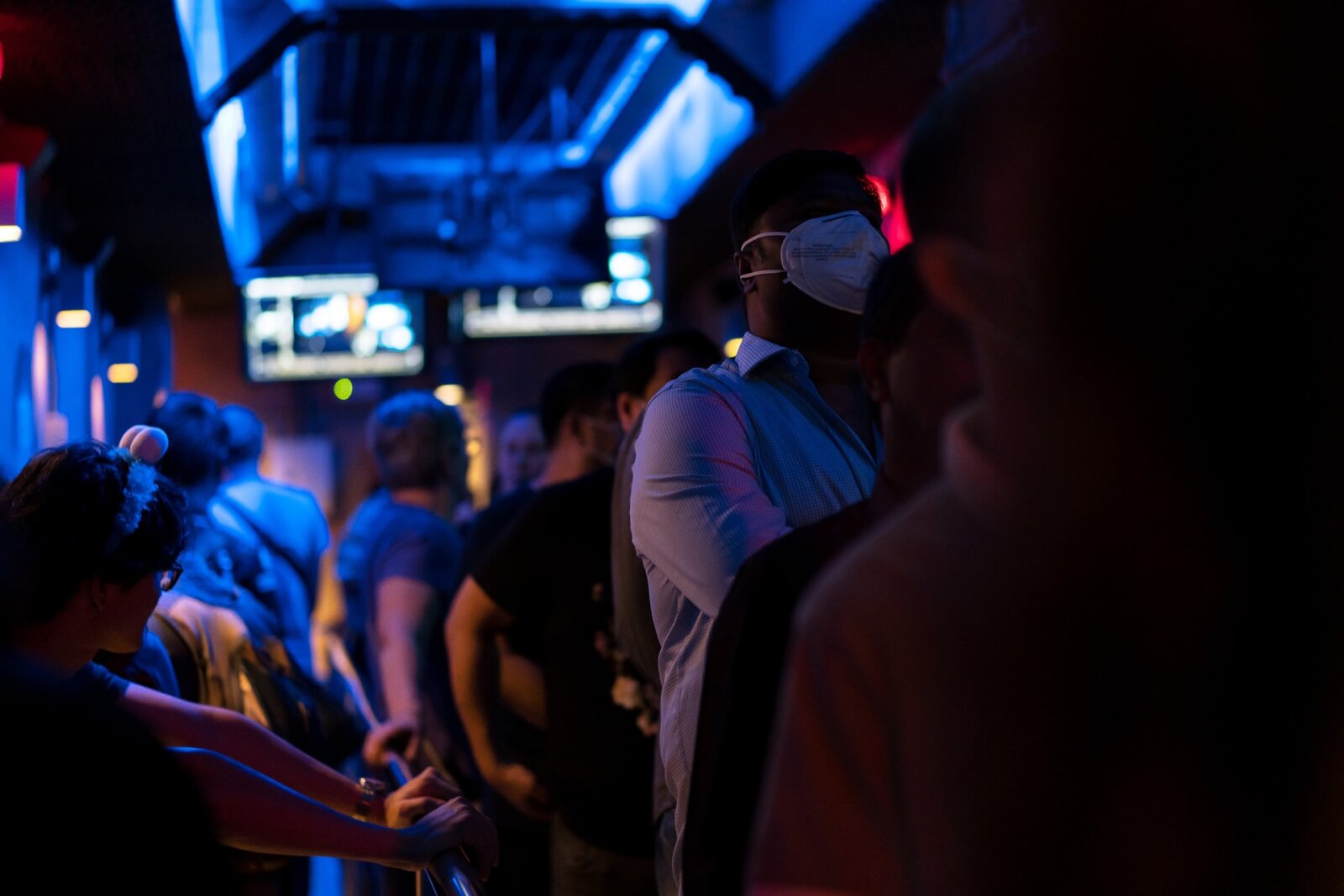
Six months on, some nations have recovered. Many are still reeling. Others remain immersed in the heat of battle. It is generally accepted now that life will not to return to “normal” until a vaccine is found, with many fearing the virus could find a new lease of life in the winter.
Wuhan itself has largely recuperated after a torrid start to 2020, but will nonetheless be remembered as the first epicentre of a worldwide health disaster.
Pre-quarantine, the city’s associations were entirely different. Wuhan was recognised for its booming industry, enormous freshwater lake, ancient architecture, art galleries and exotic markets (which may have been an initial entry point for the virus’ arrival in wider circulation).
Akin to Manchester in terms of reputation for industrial prowess, Wuhan, like Mancunia, has long been playing an instrumental role in national development; a modern city guiding its country into a new era.
Manchester and Wuhan’s relationship is an old and enduring one – having actually been twinned together for more than three decades.
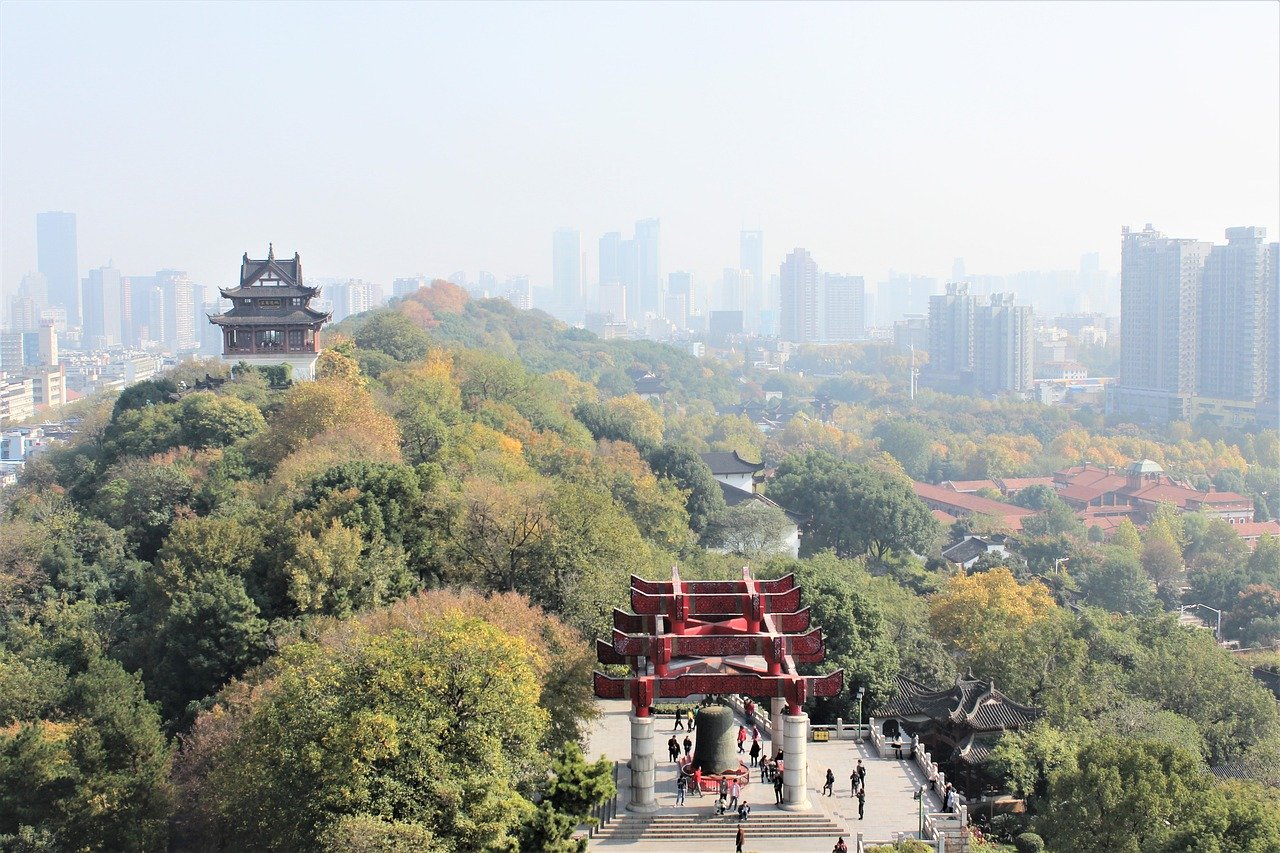
It was in October 1986 that Wuhan and Manchester officially became sister cities – seeking to closely cooperate in a way that mutually benefited each of their economies.
The partnership was renewed on its 30th anniversary at Manchester Town Hall with a photographic exhibition of Wuhan-Manchester links (including an image of the original signing).
As recently as 2018, the bond deepened further – with both regions publicly vowing to continue their relationship and double-down on their alliance to build smart cities and advanced urban developments together.
Government reports show that Manchester architecture firms have been commissioned to work on projects in the Hubei province, whilst the partnership has also resulted in the assembly of language exchange courses and funding of delegates to receive special training courses in Manchester University.
Council authorities have also cited the relationship as helping Manchester forge stronger links with other major Chinese cities – including the powerhouses of Beijing and Shanghai.
Earlier this year, the Manchester China Forum confirmed that Chinese investors have been “involved in over £6bn worth of development across the city region.”
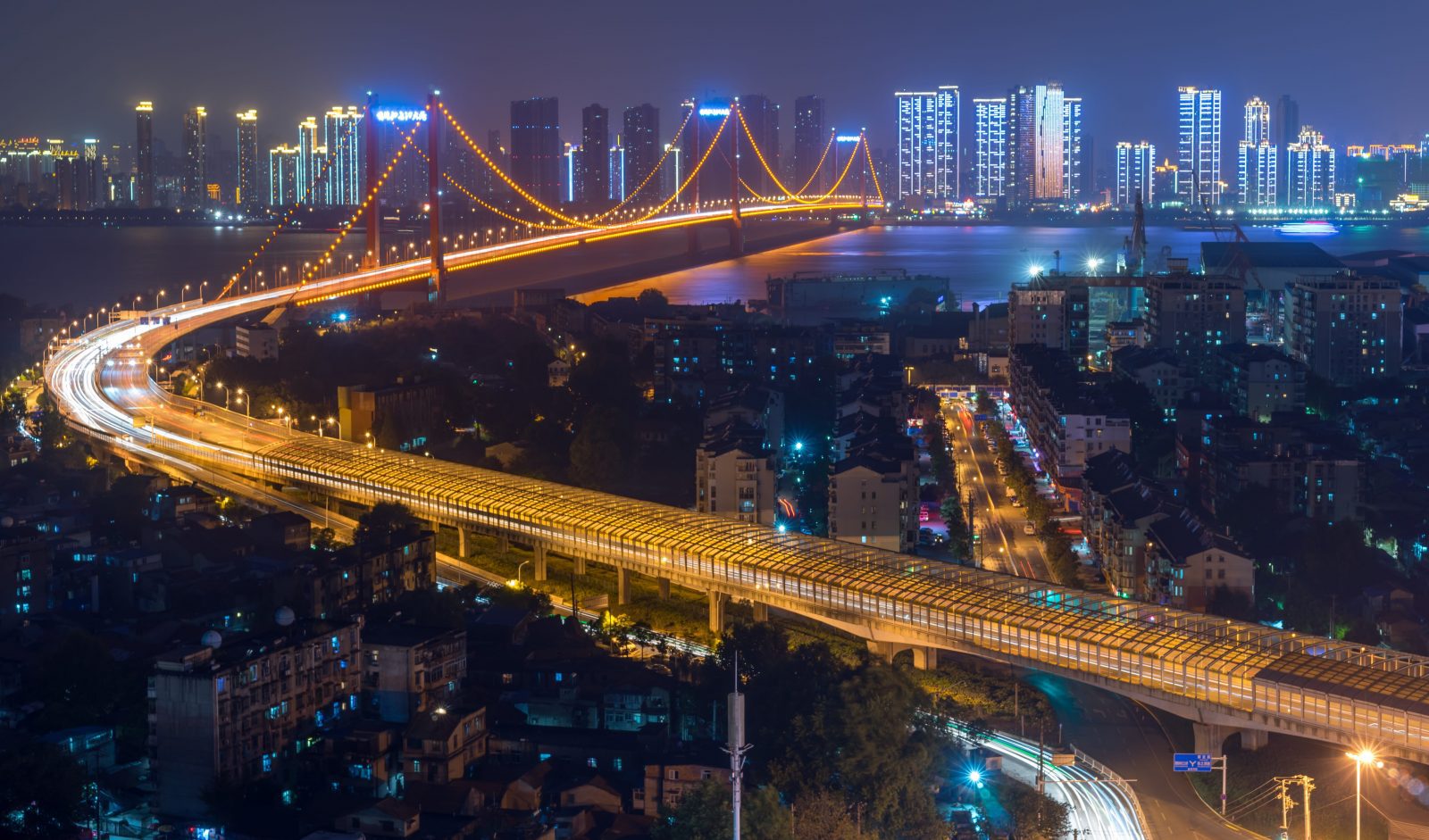
Quests for modernity aside, a number of parallels can also be drawn between Manchester and Wuhan in each of the cities’ respective national status’.
Despite playing second fiddle to London and Beijing, both are recognised as leading locations within their regions – with Wuhan the capital of Hubei and Manchester regarded as the de facto capital of Northern England.
Each city is dotted with green space and stunning parks, with thriving art scenes and glowing skyscrapers at their cores.
Whilst Manchester retains many of its treasured architectural relics (including the ancient Cathedral and partly reconstructed Roman forts in Castlefield), Wuhan has the famous Yellow Crane Tower – which has existed in various forms since AD 223.
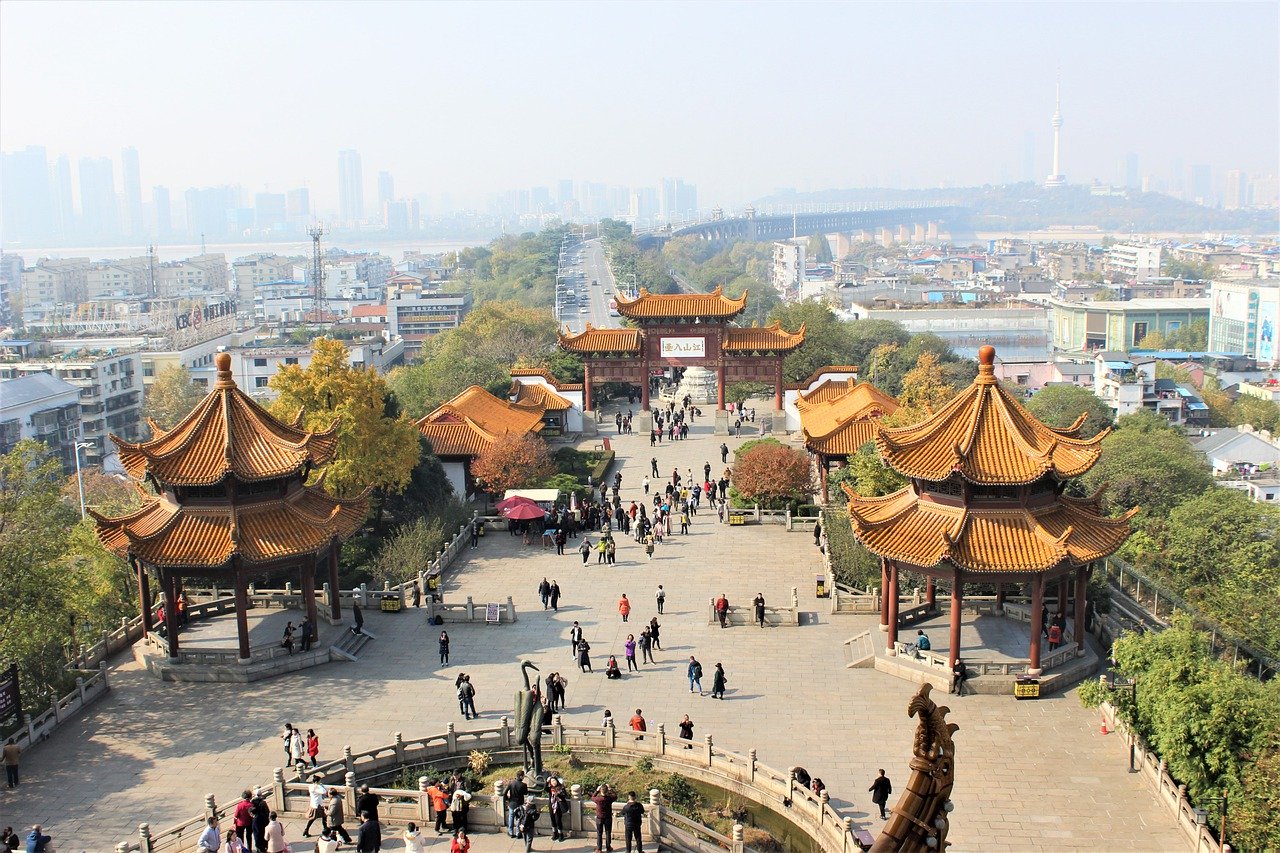
Of course, like with any siblings, there are differences.
Aside from the obvious cultural clashes you might expect to find with any two cities living 5,000 miles apart, there’s the weather. Wuhan is described as a “furnace” for its hot and humid summers, whilst Mancs spend much of the season below the cover of a brolly.
Yet, crucially, Manchester and Wuhan share a similar sense of civic pride, an understanding of who we are, and, indeed, what we want to be.
Mancunia’s famous city motto goes: “This is Manchester, we do things differently here.” And our sister city has a strikingly similar maxim.
It translates roughly as: “Wuhan, different every day”.

